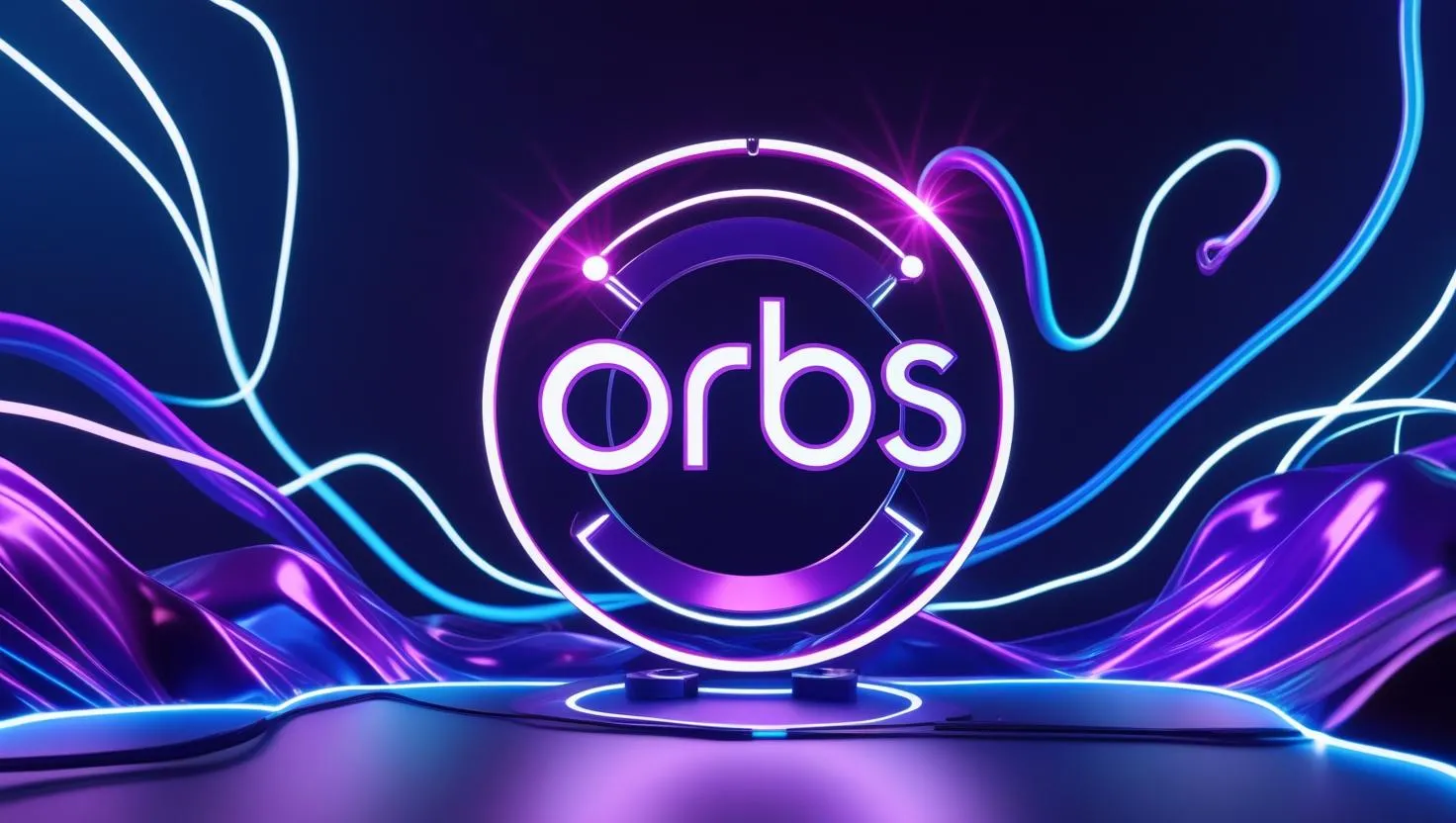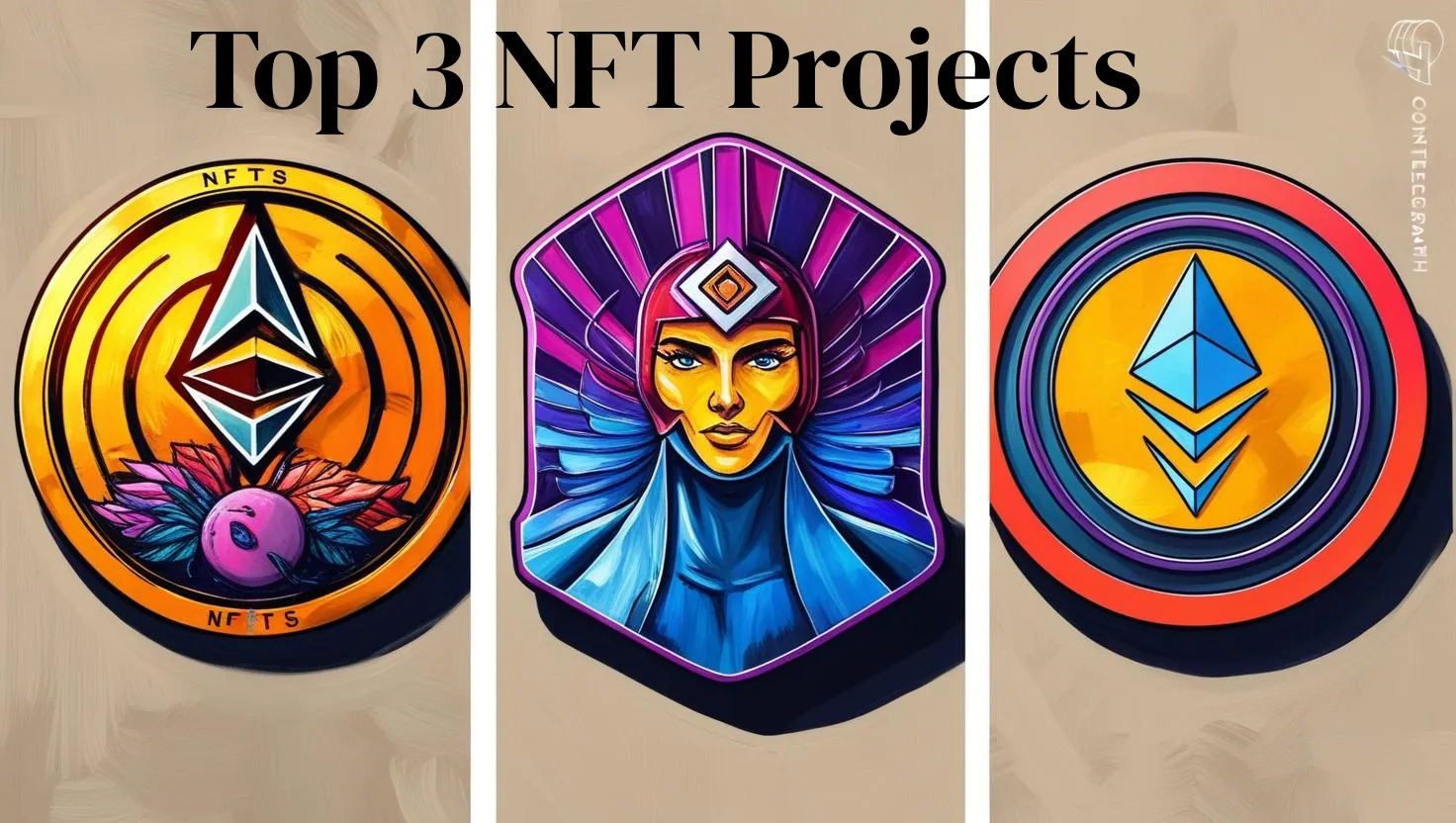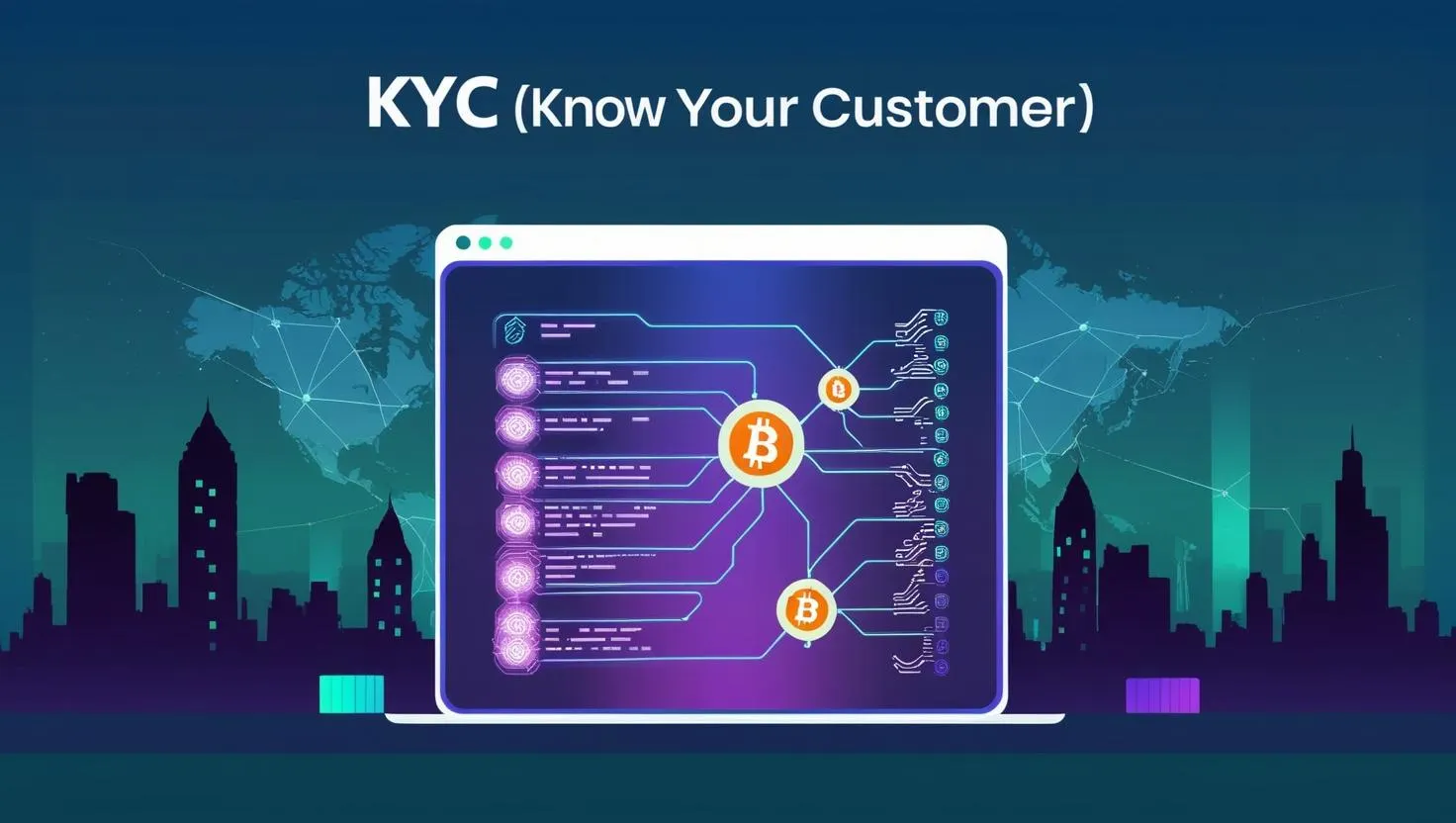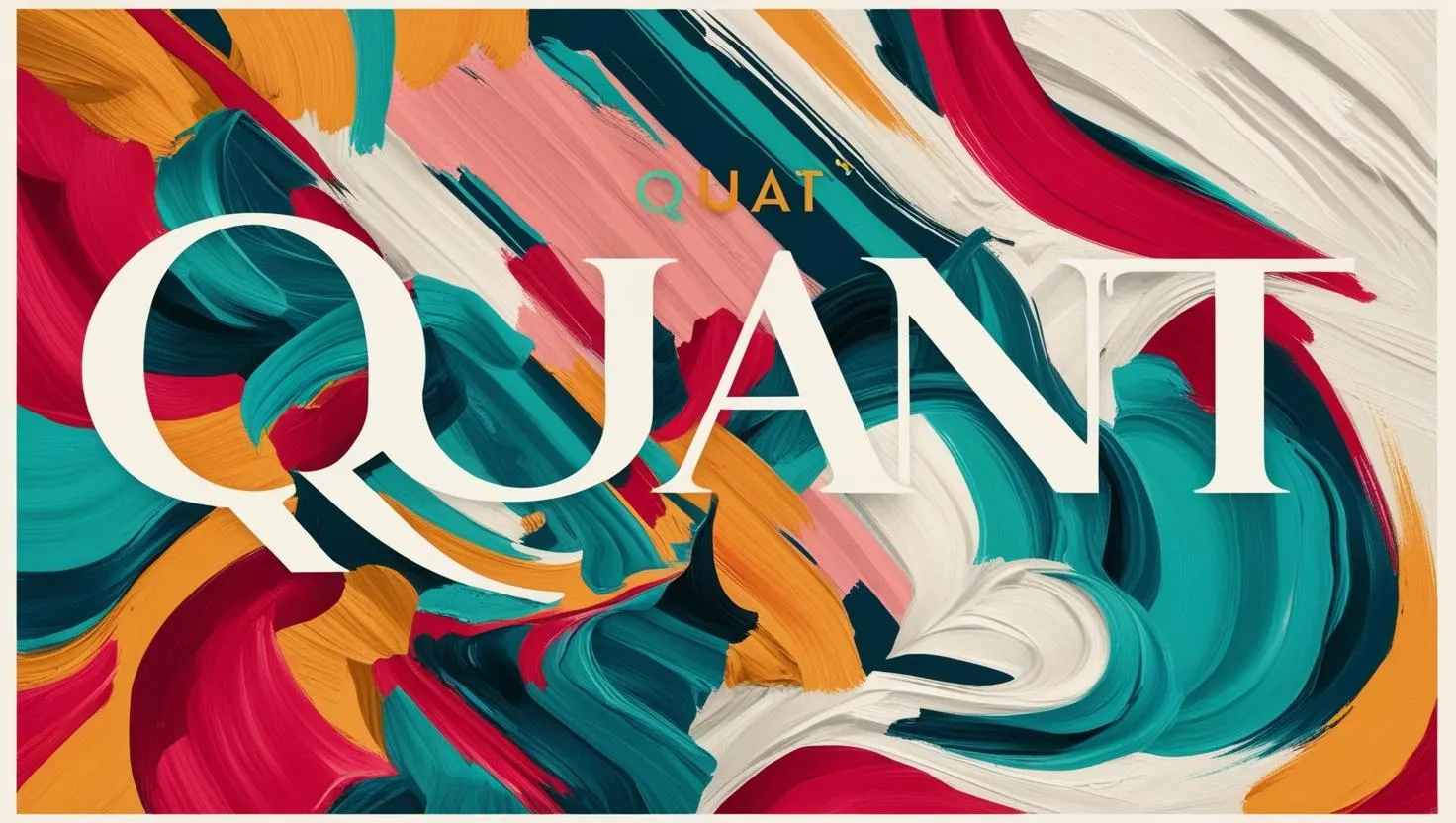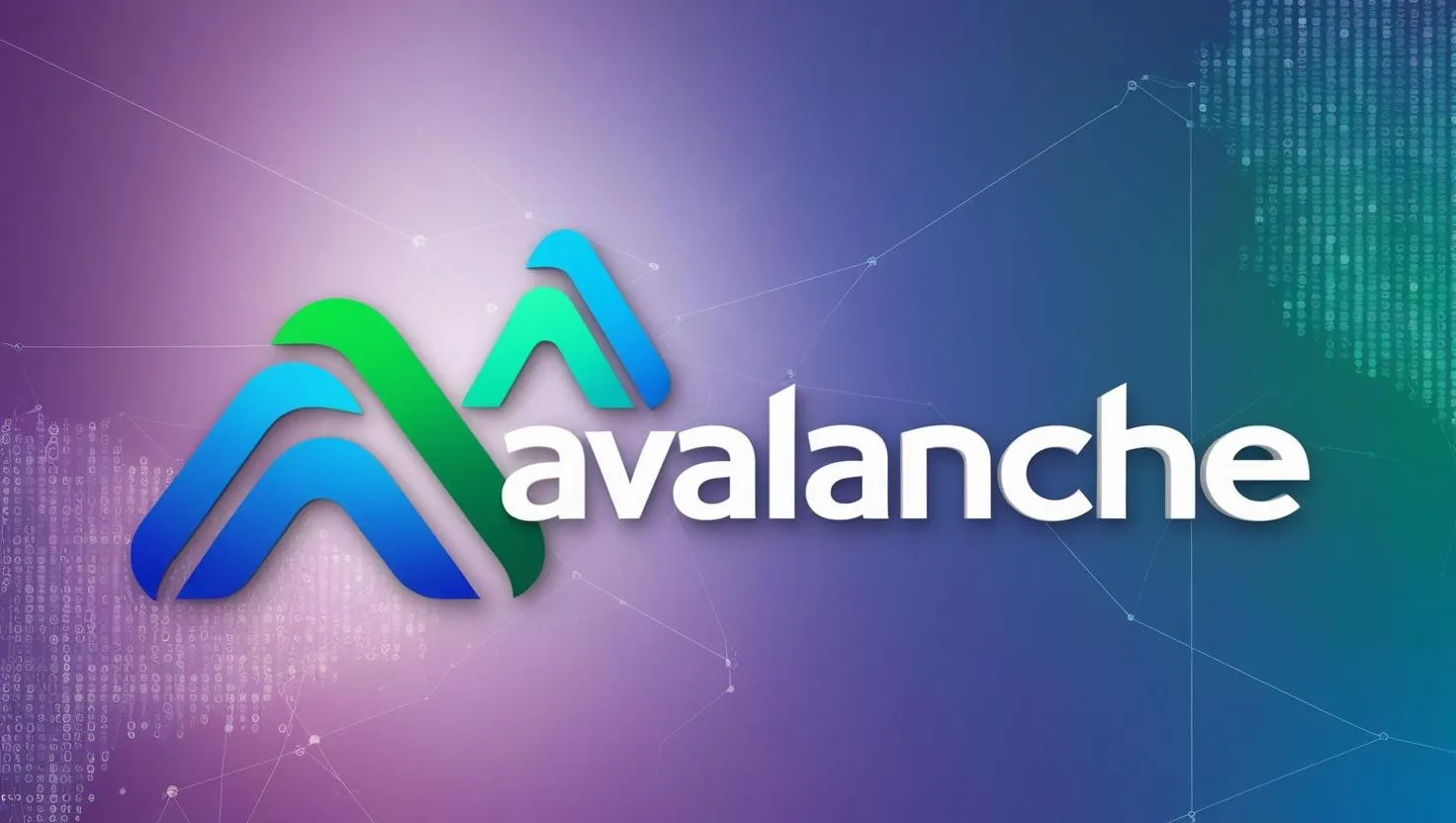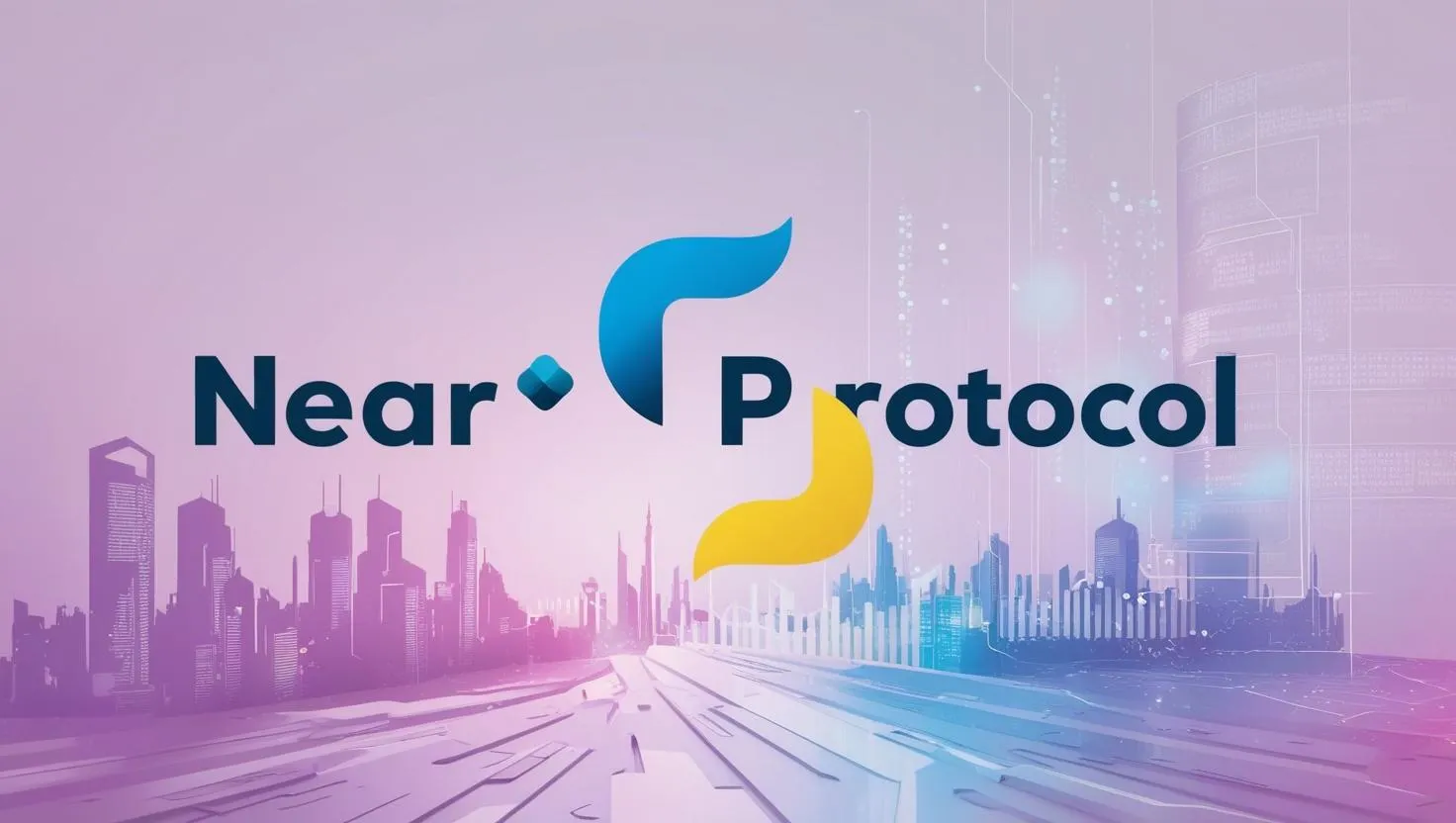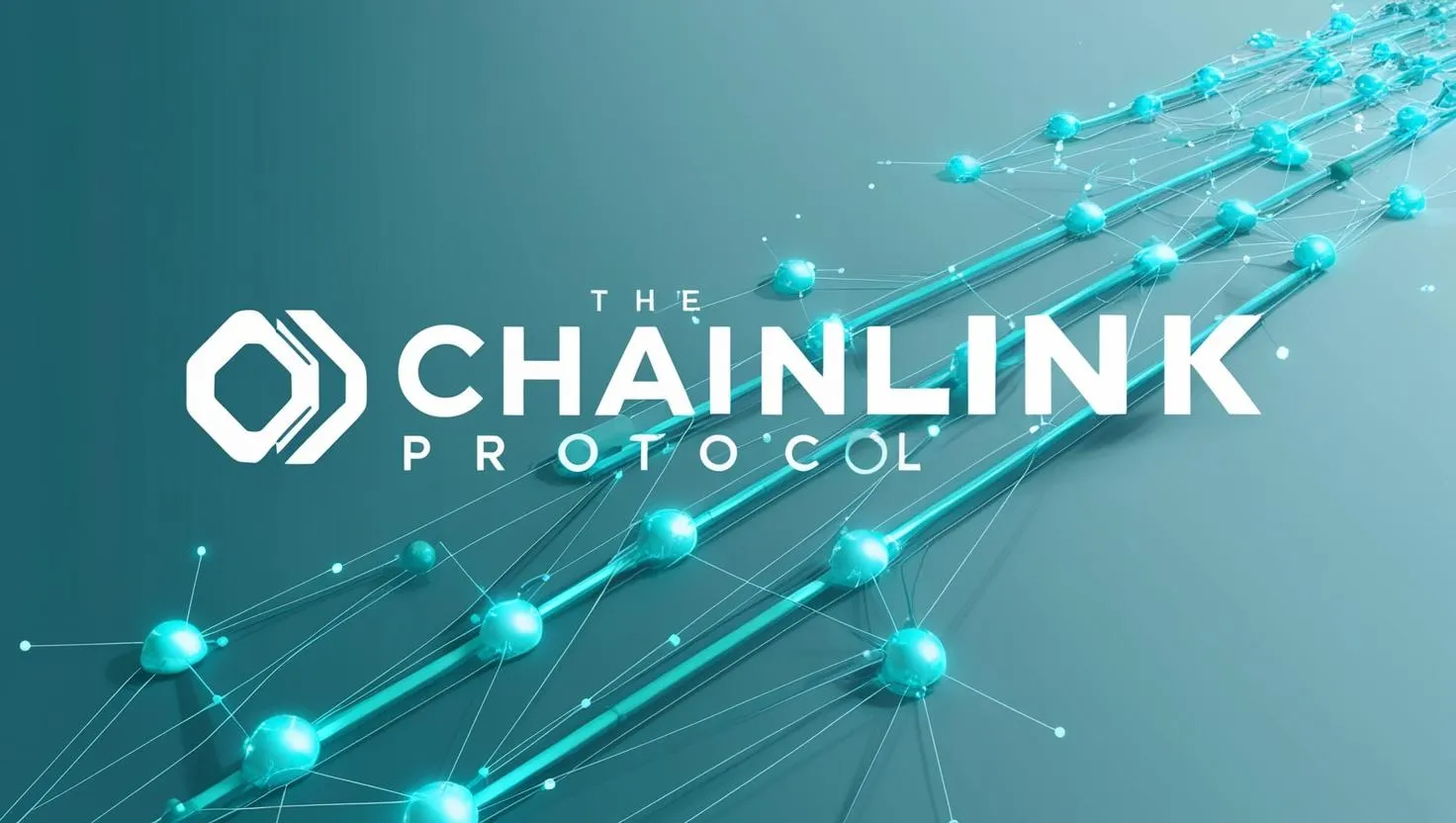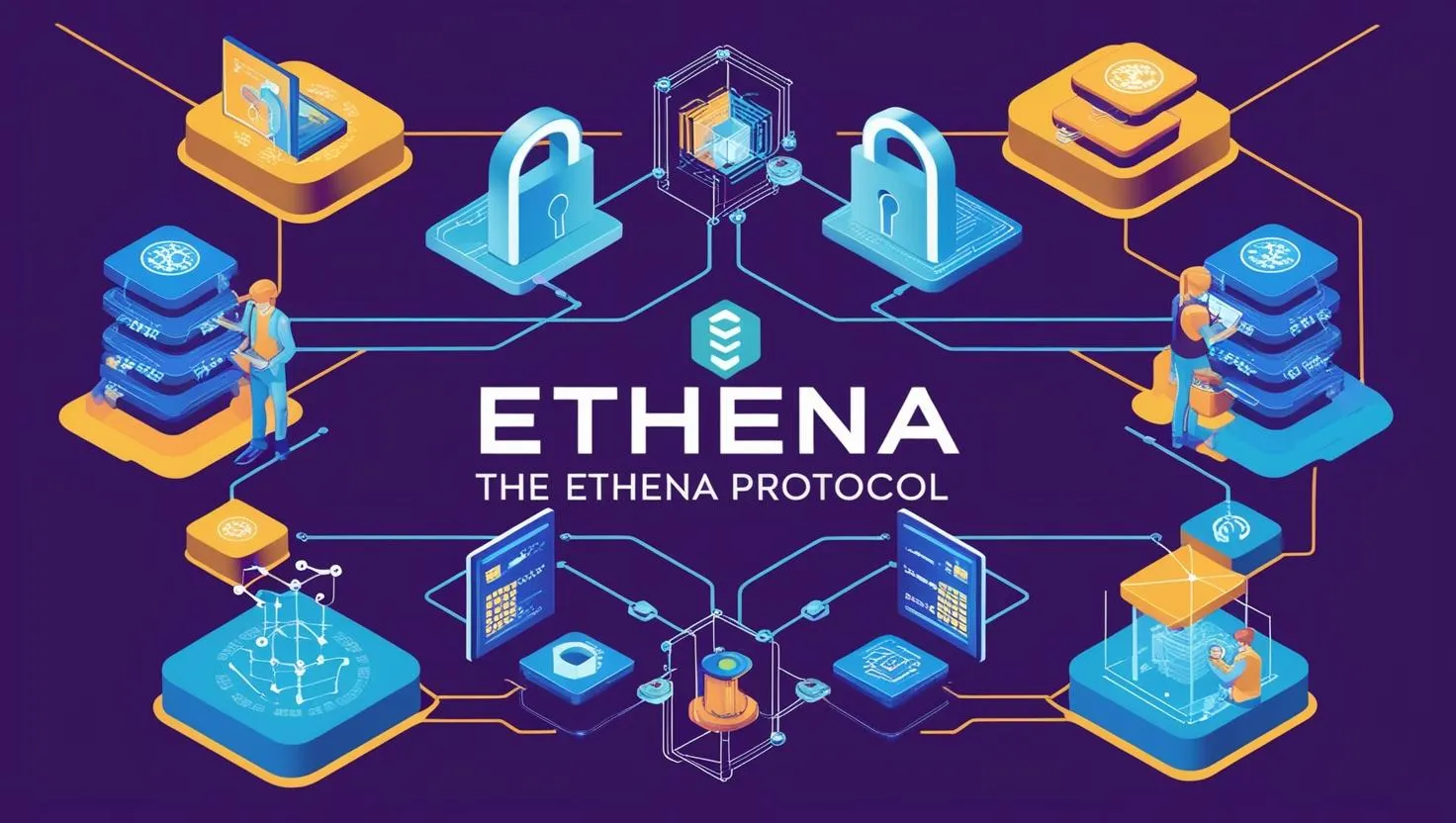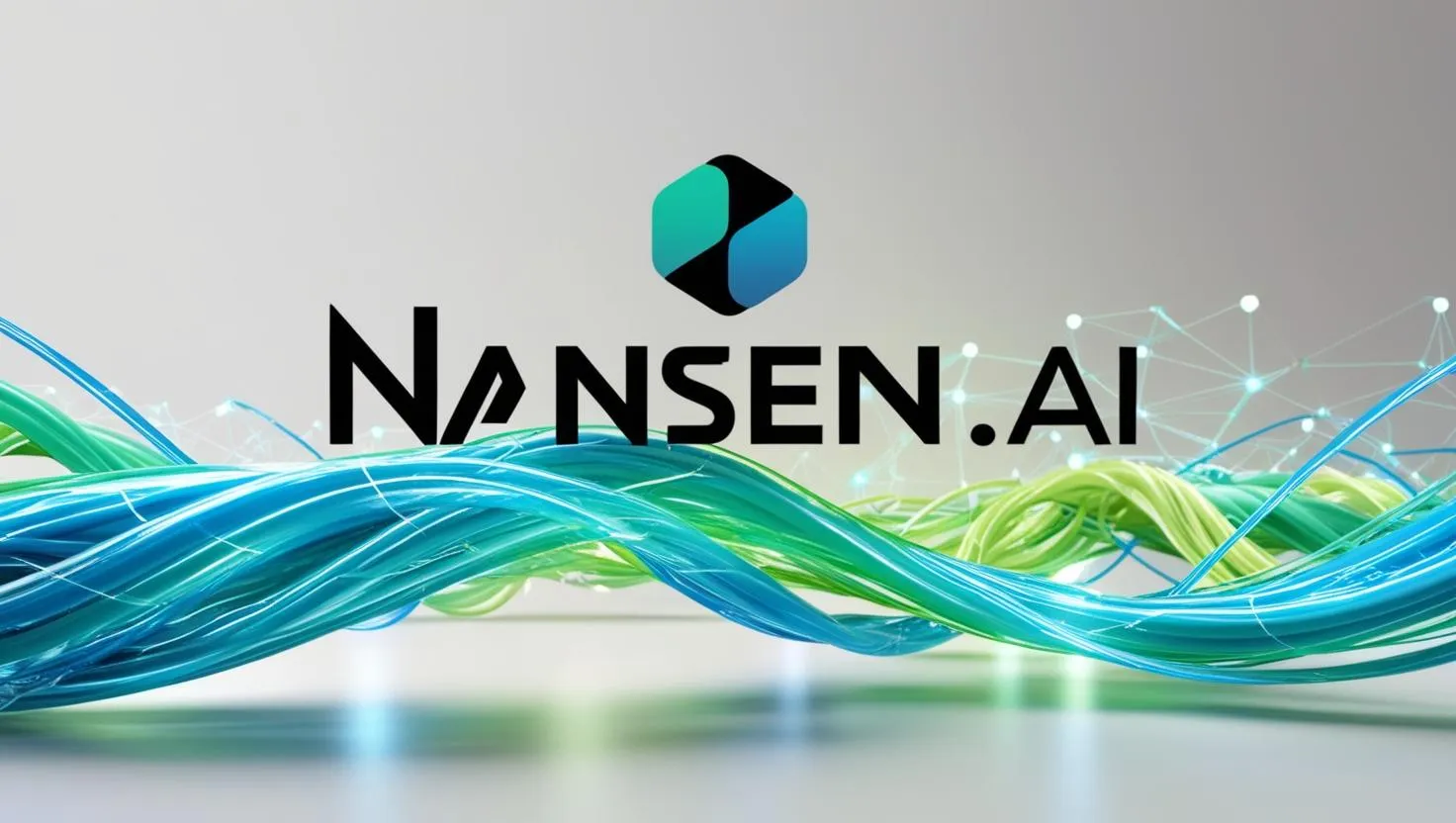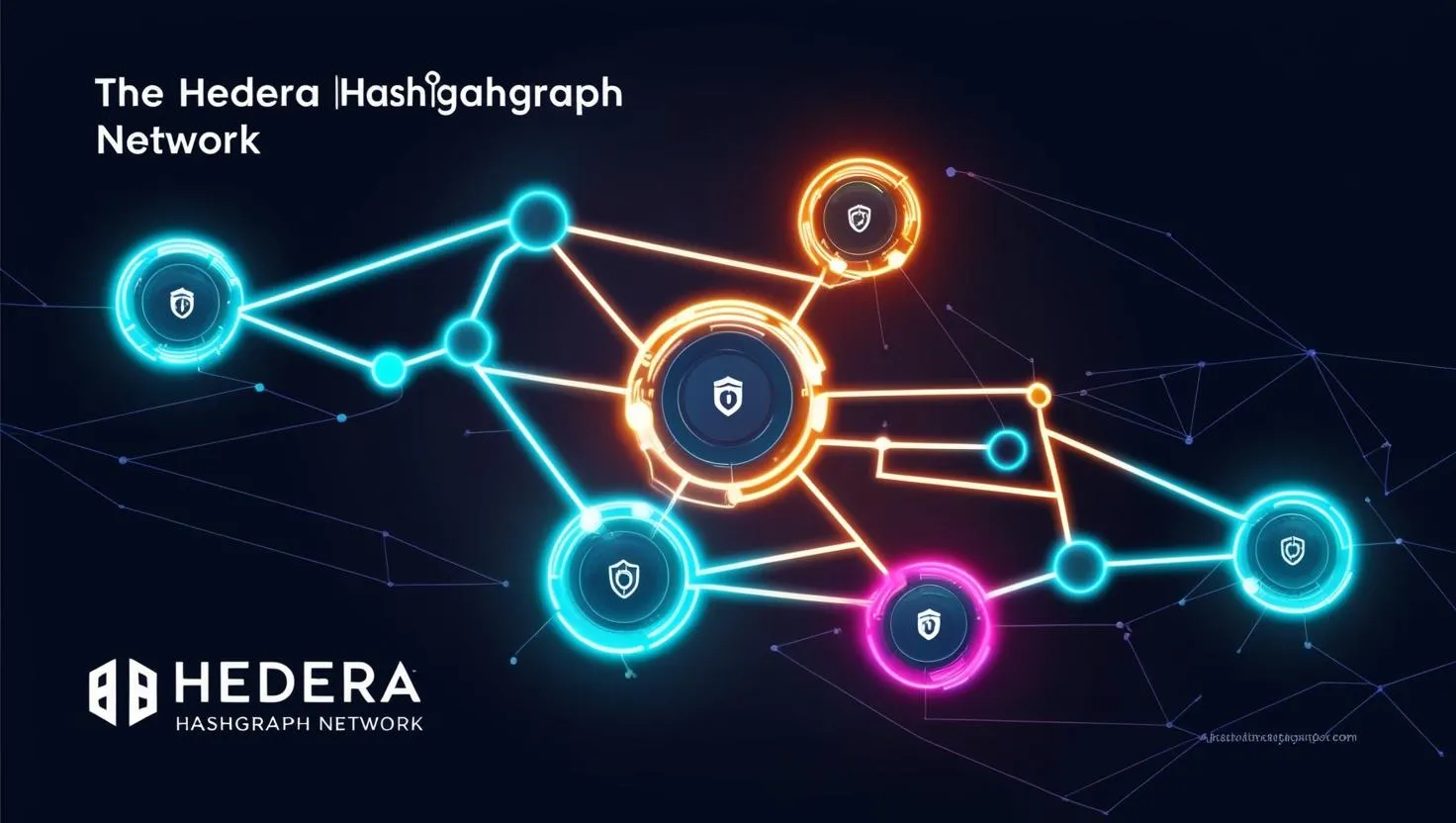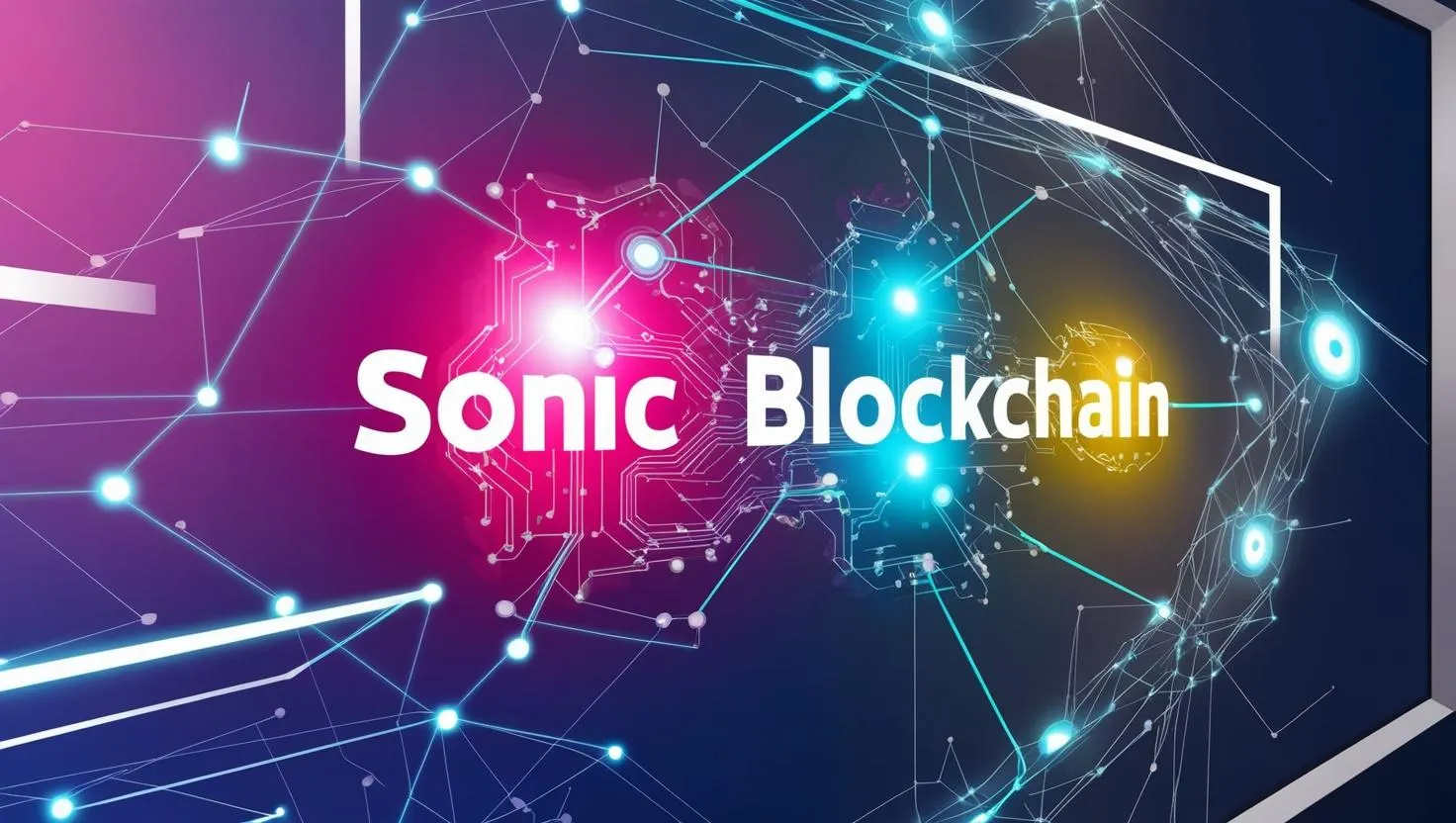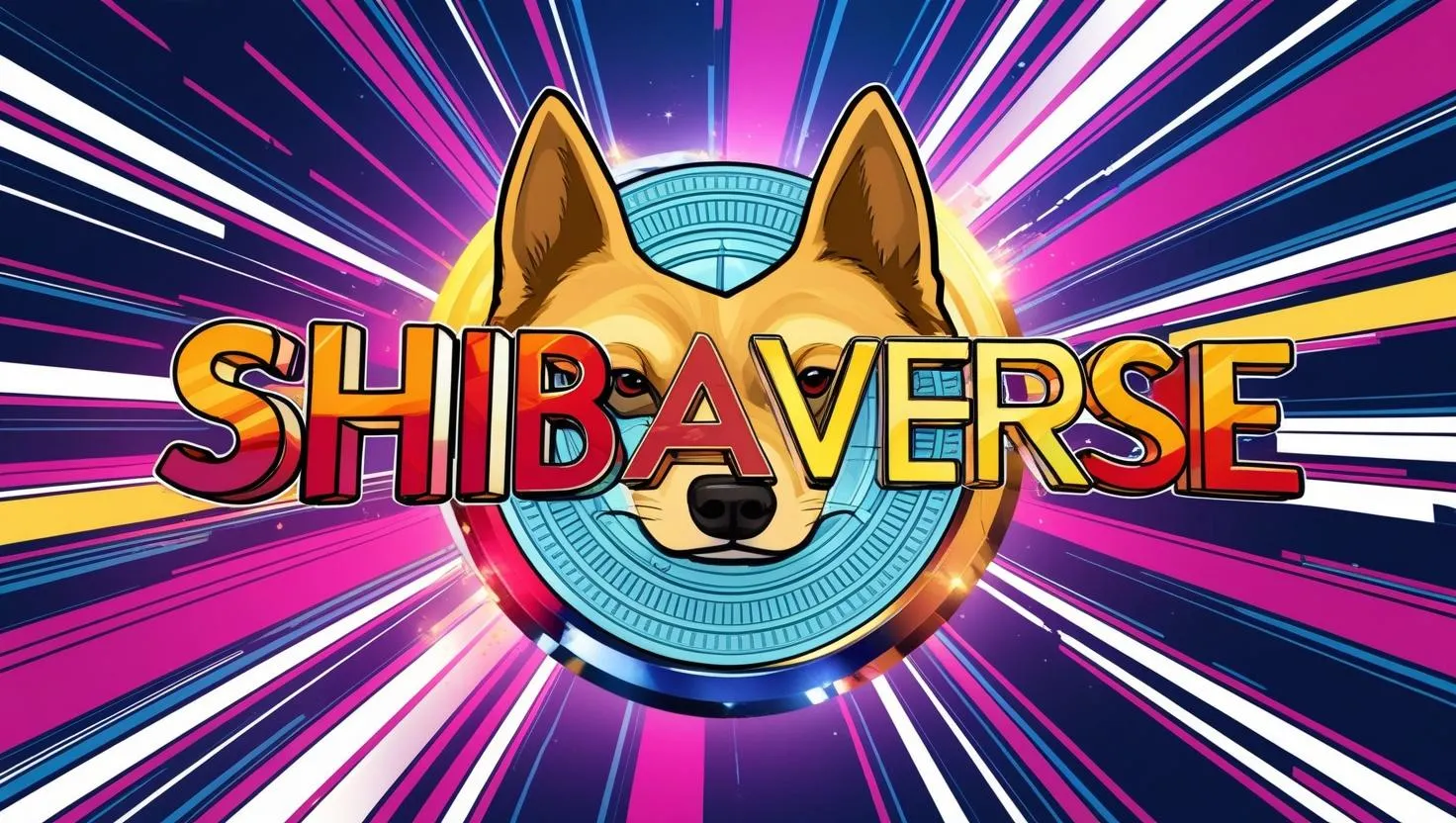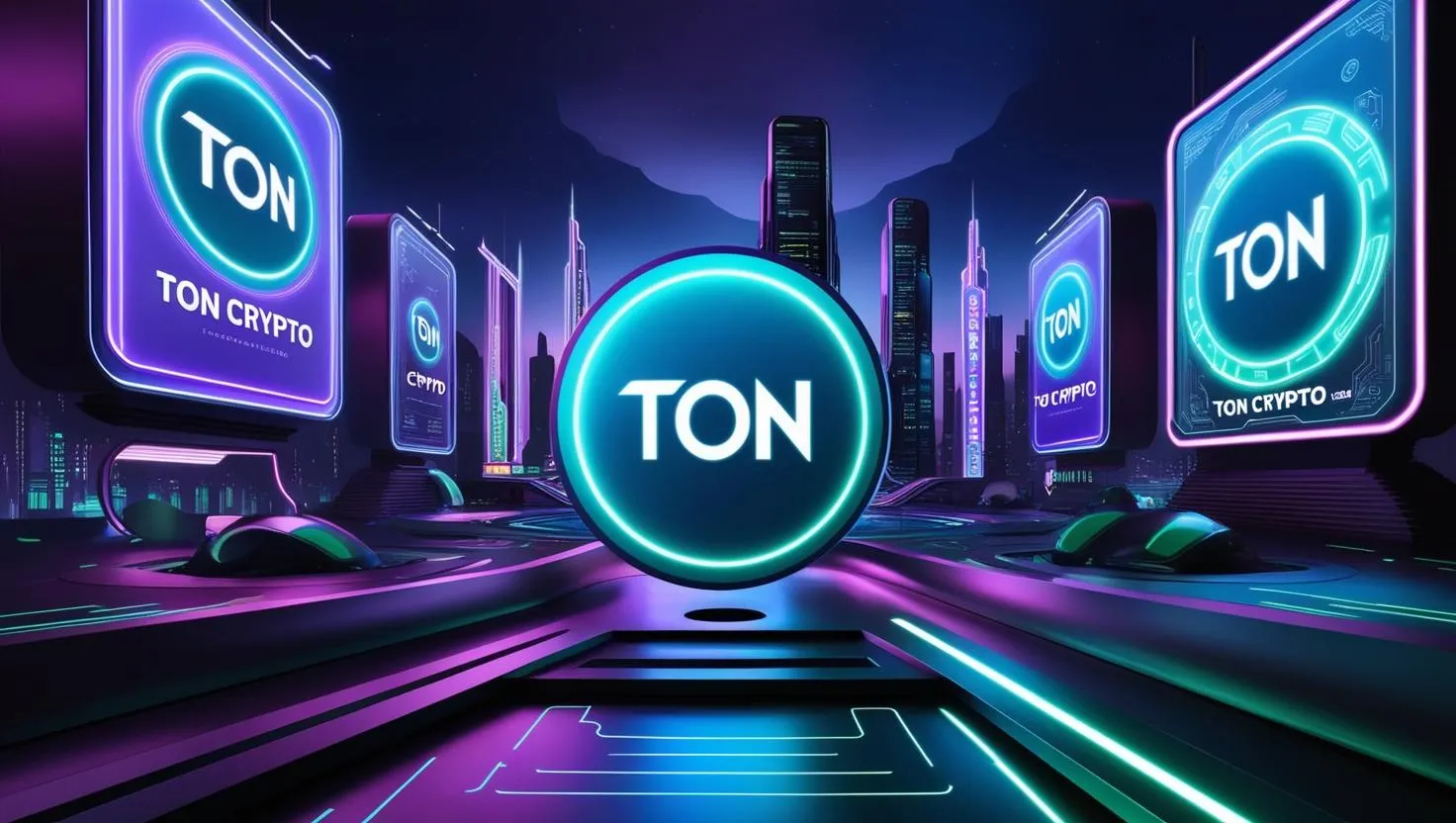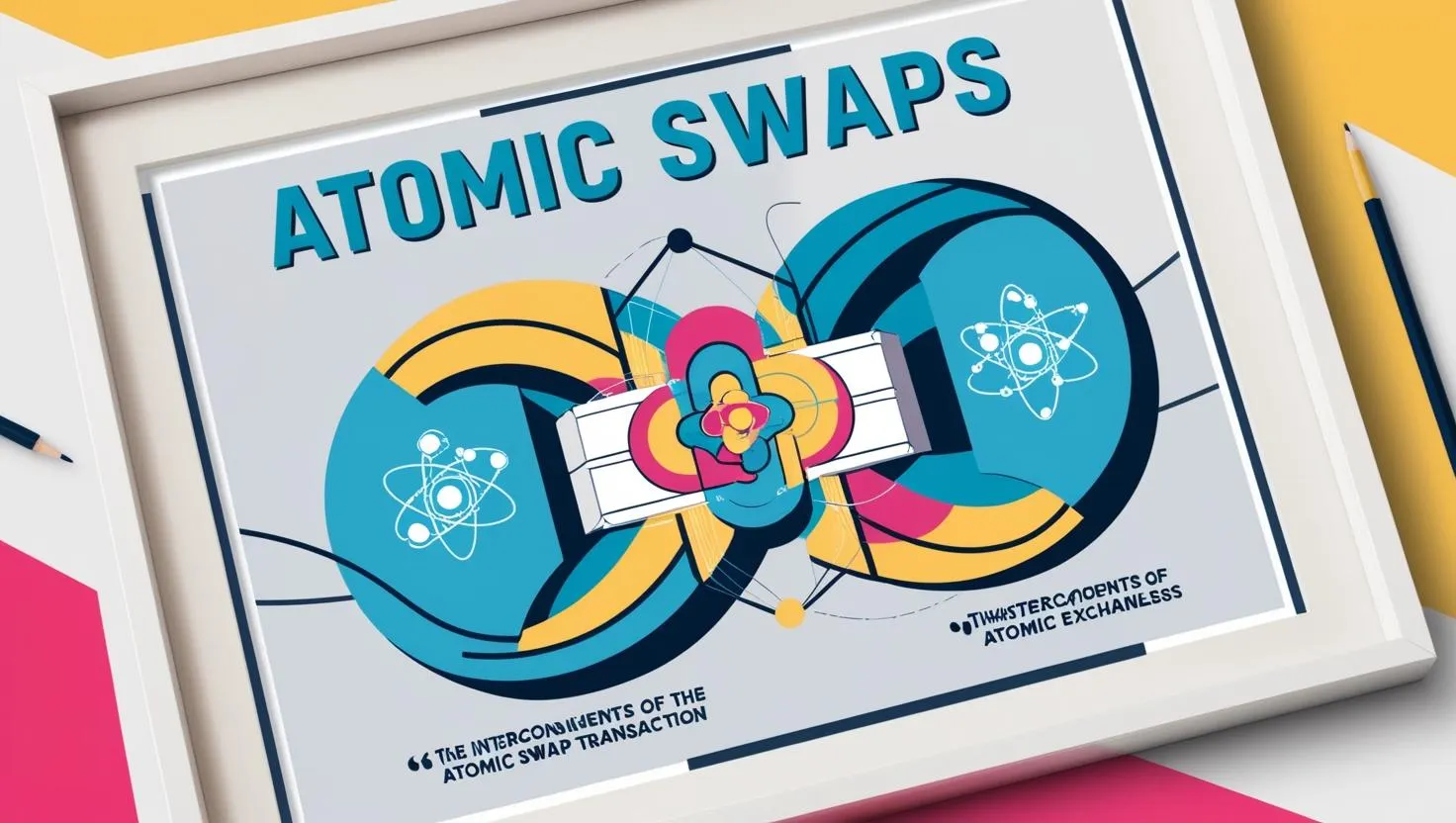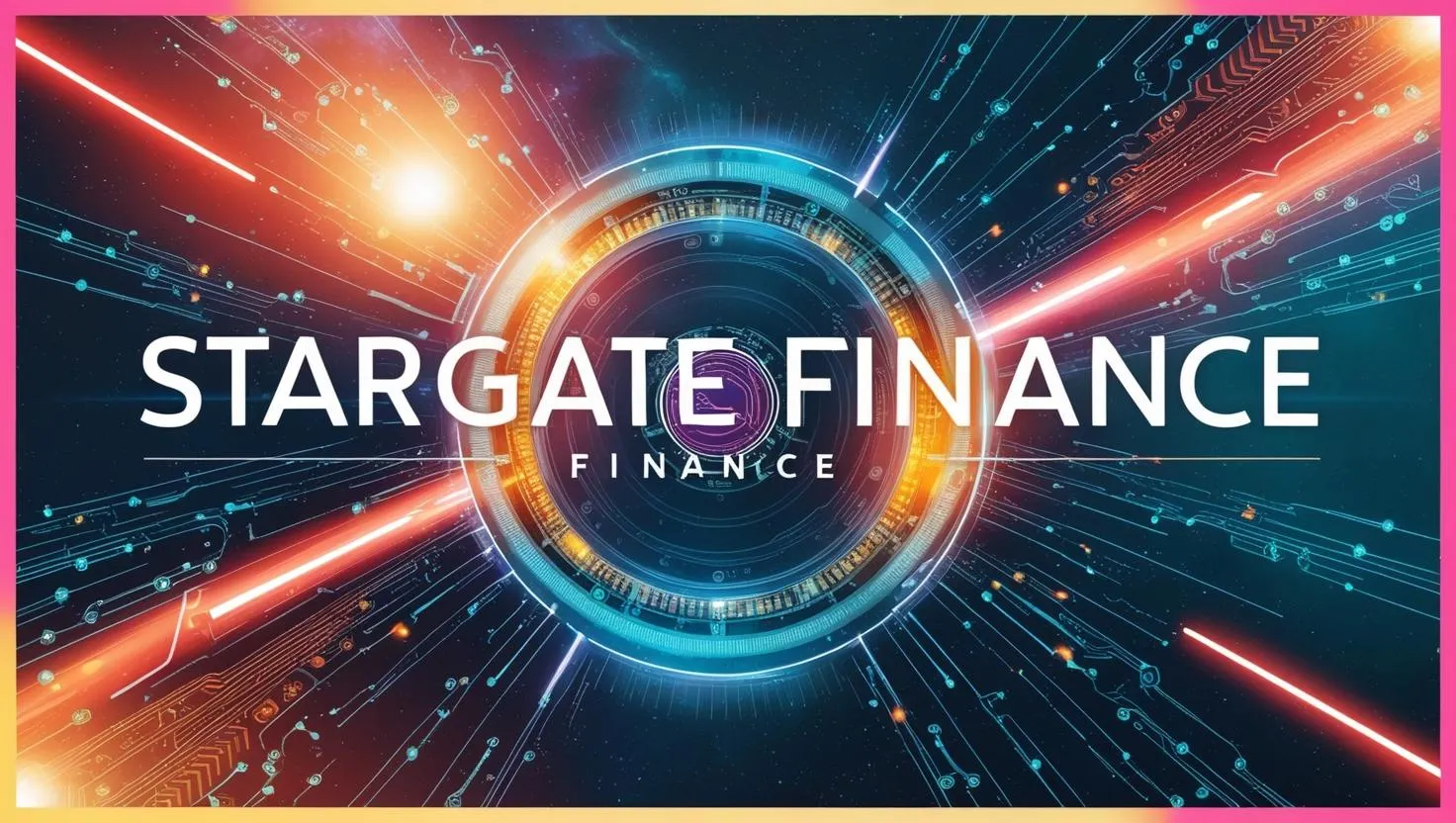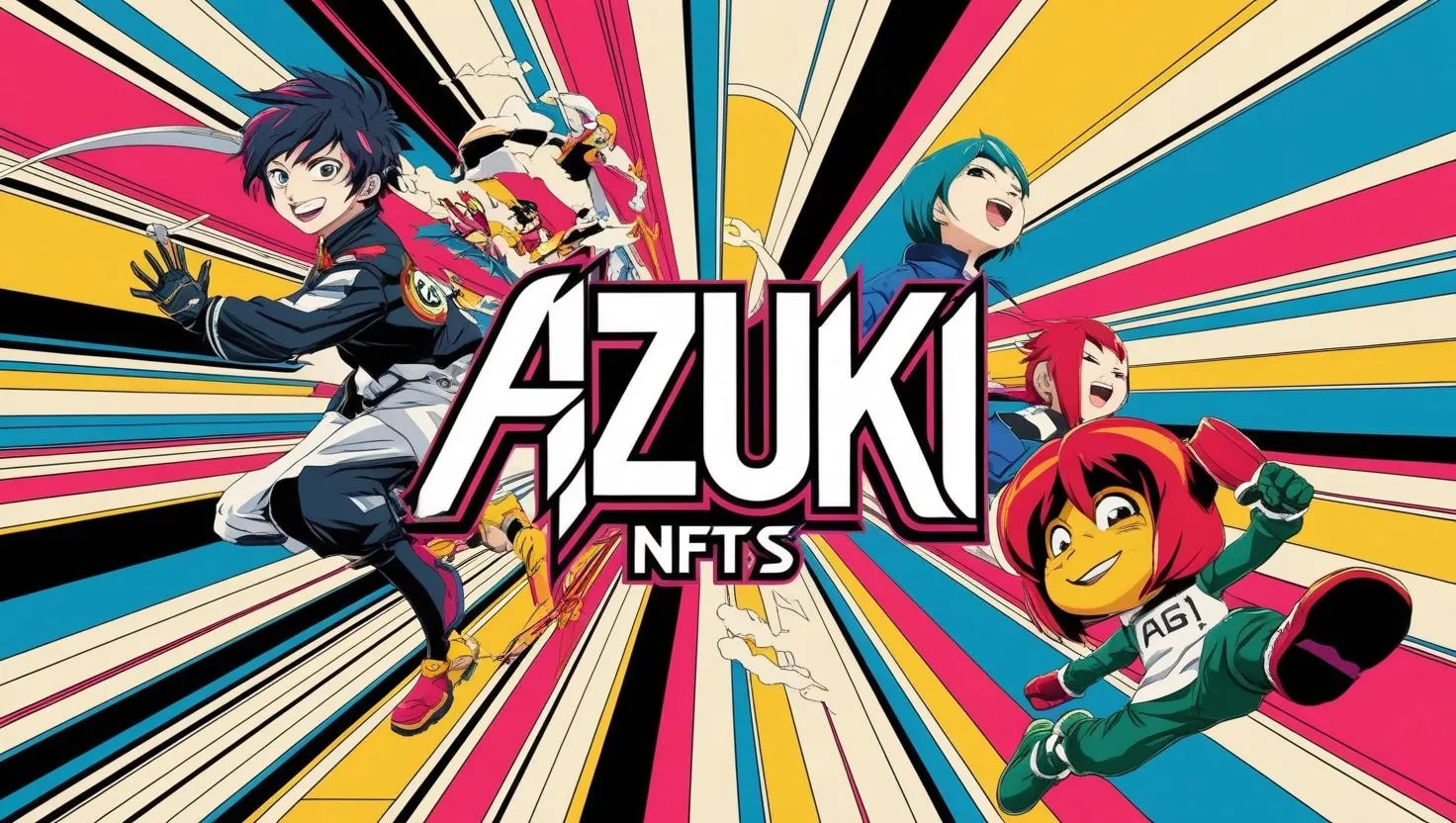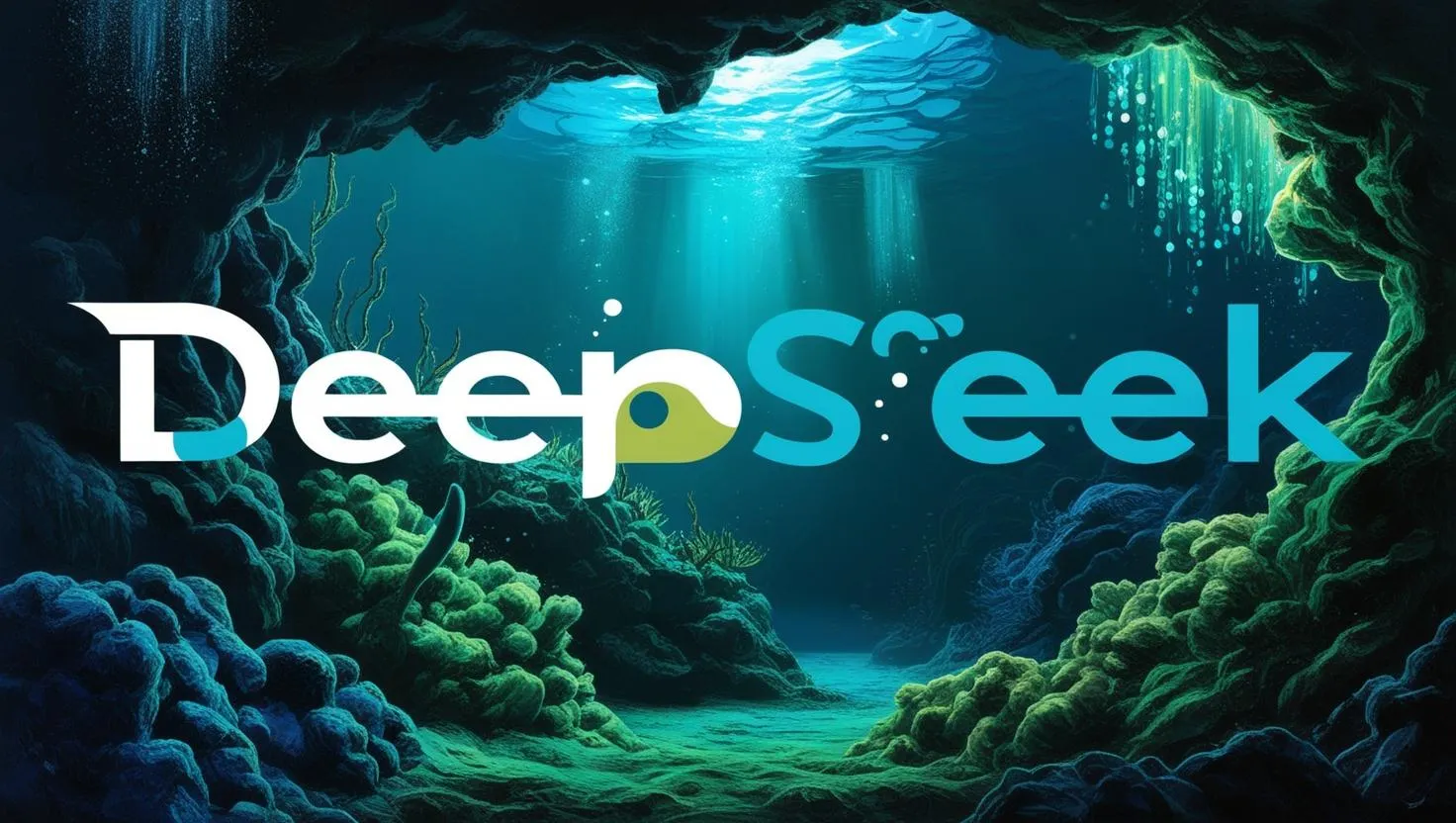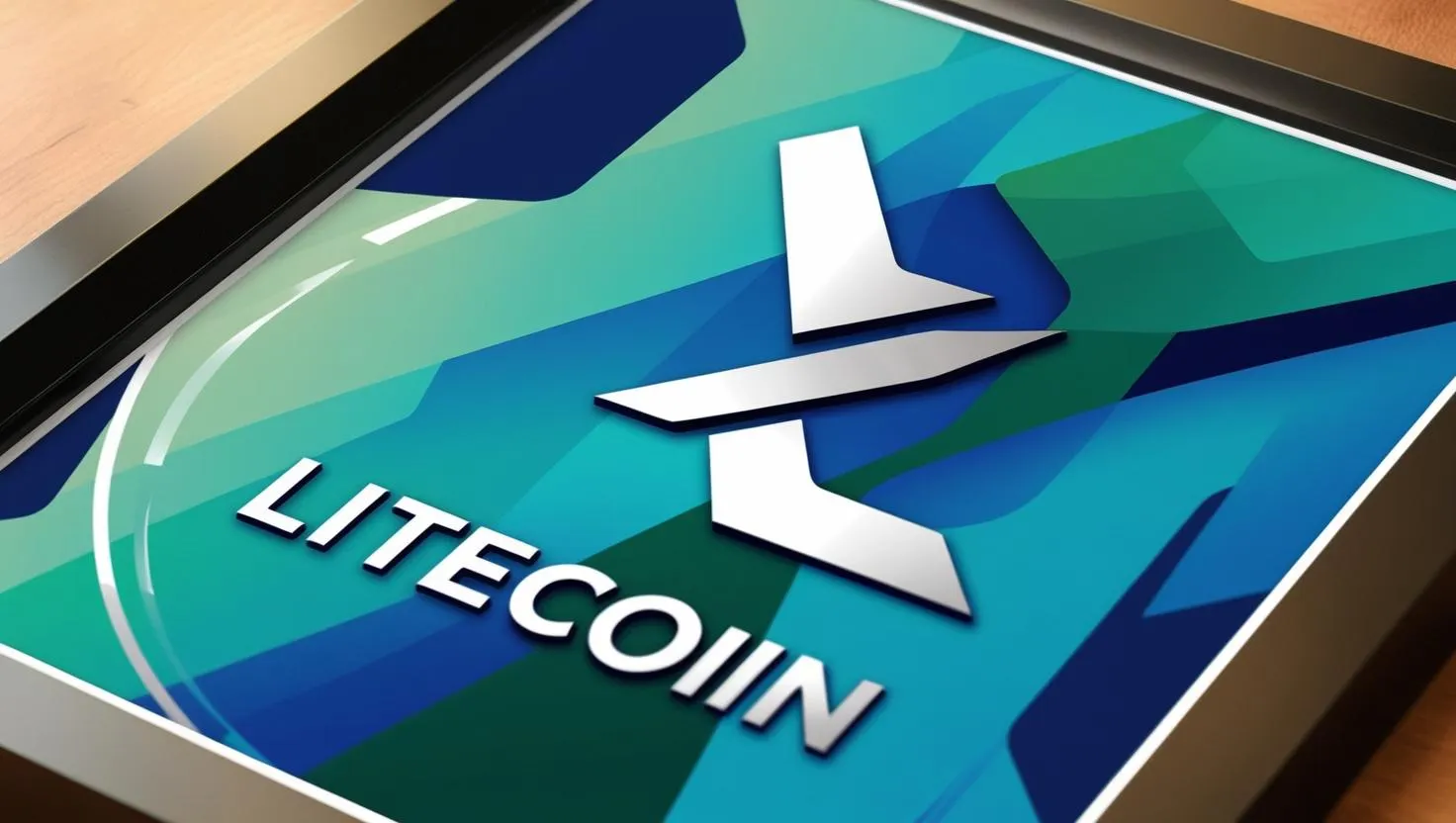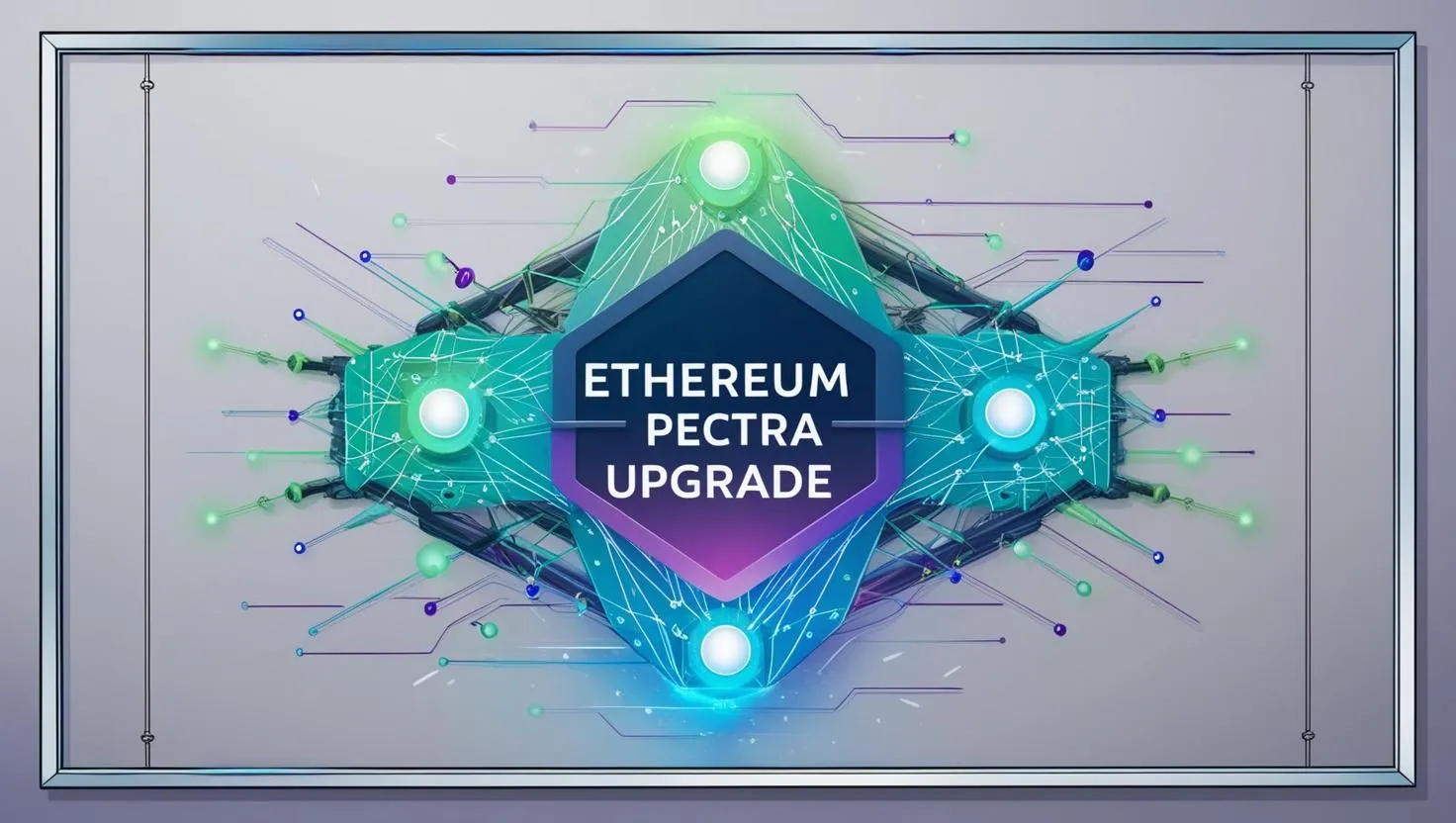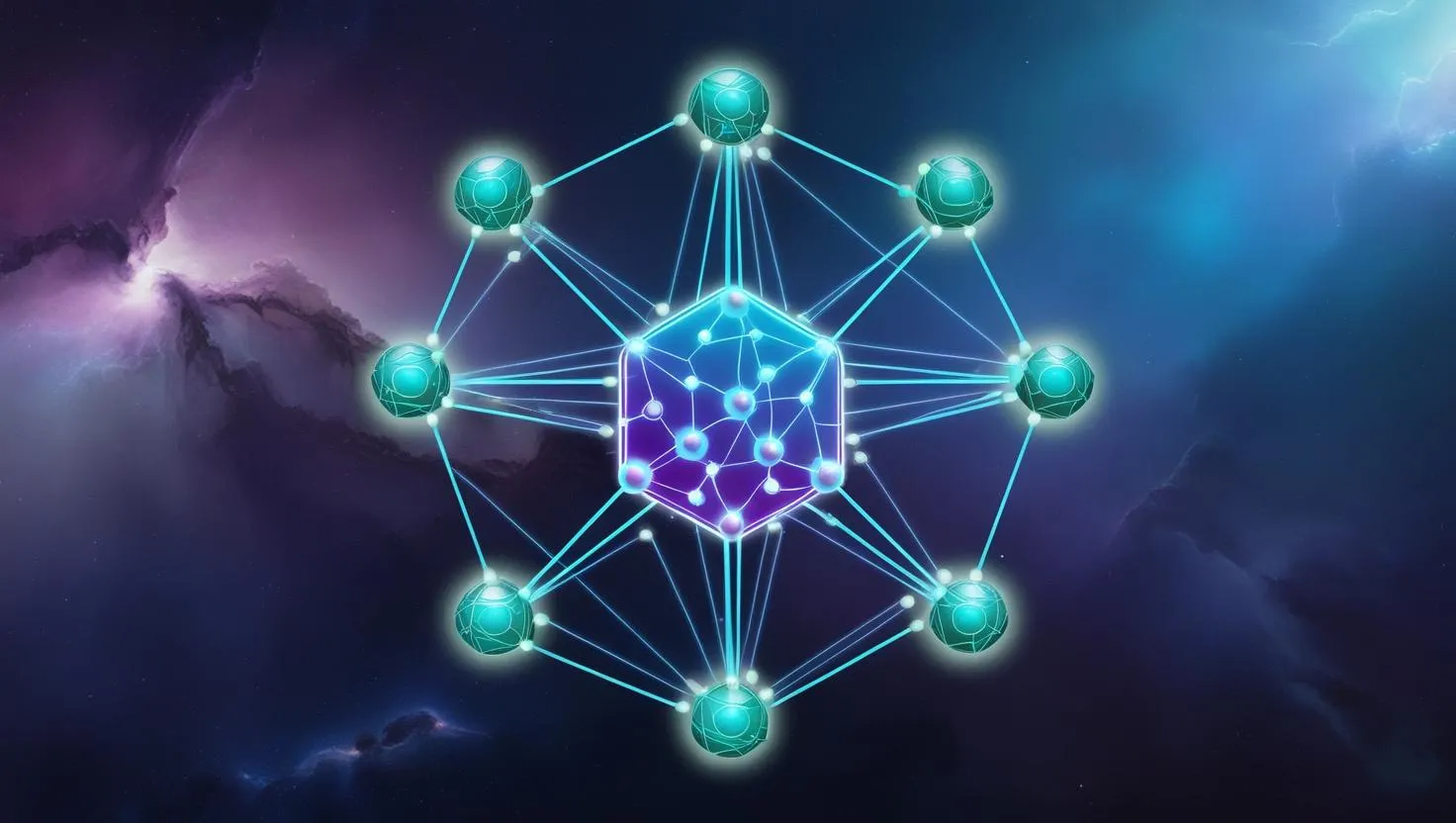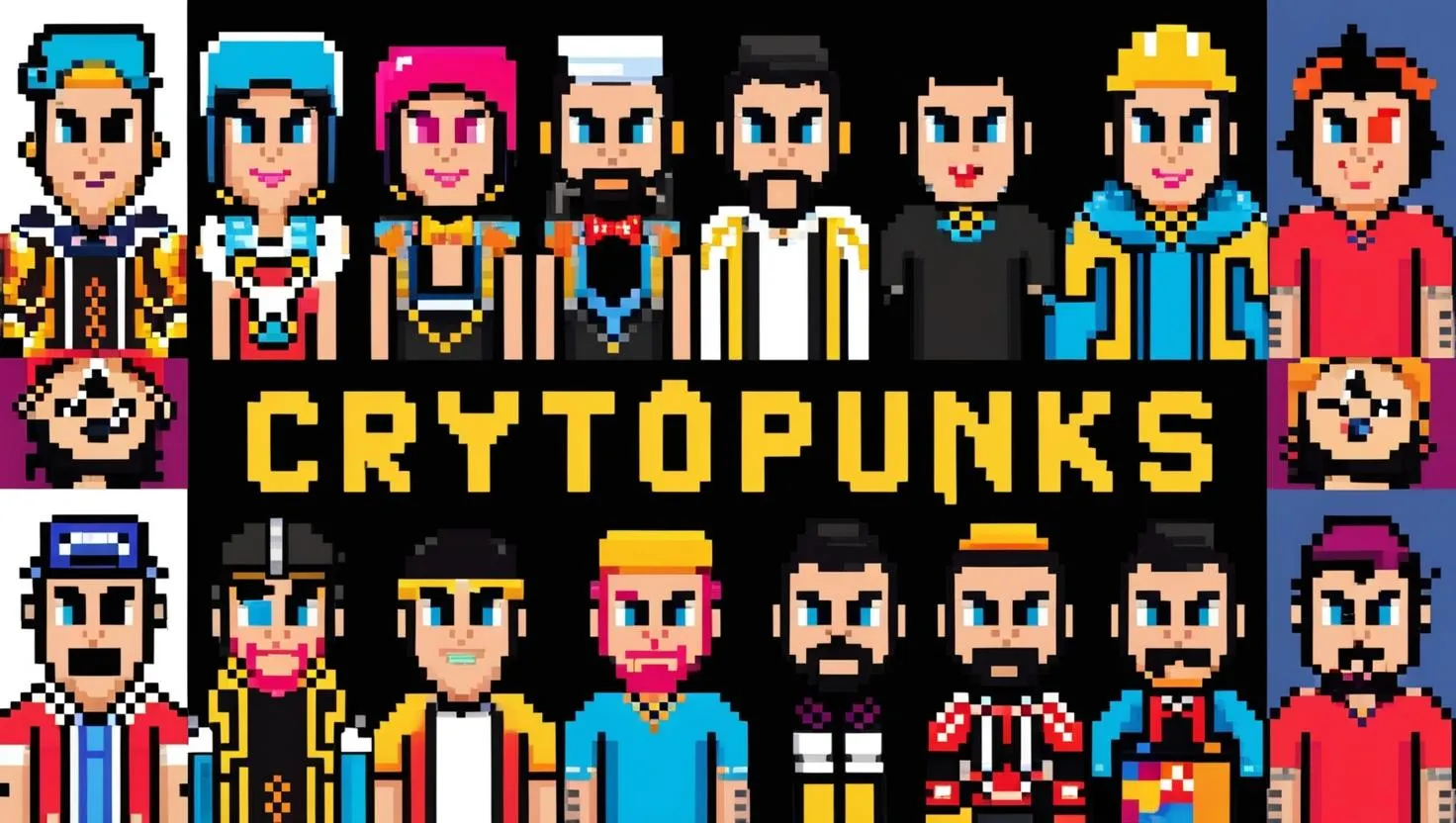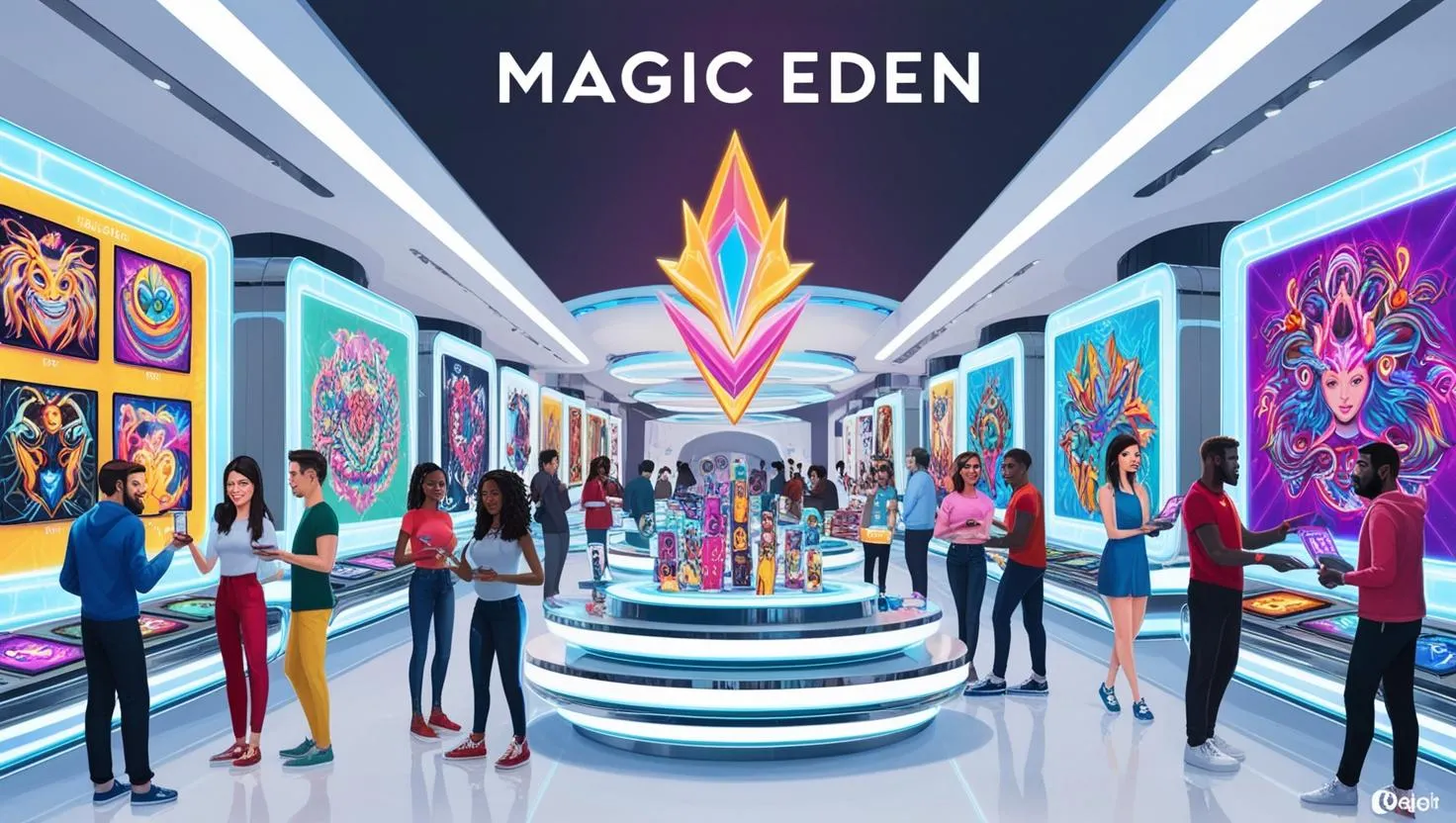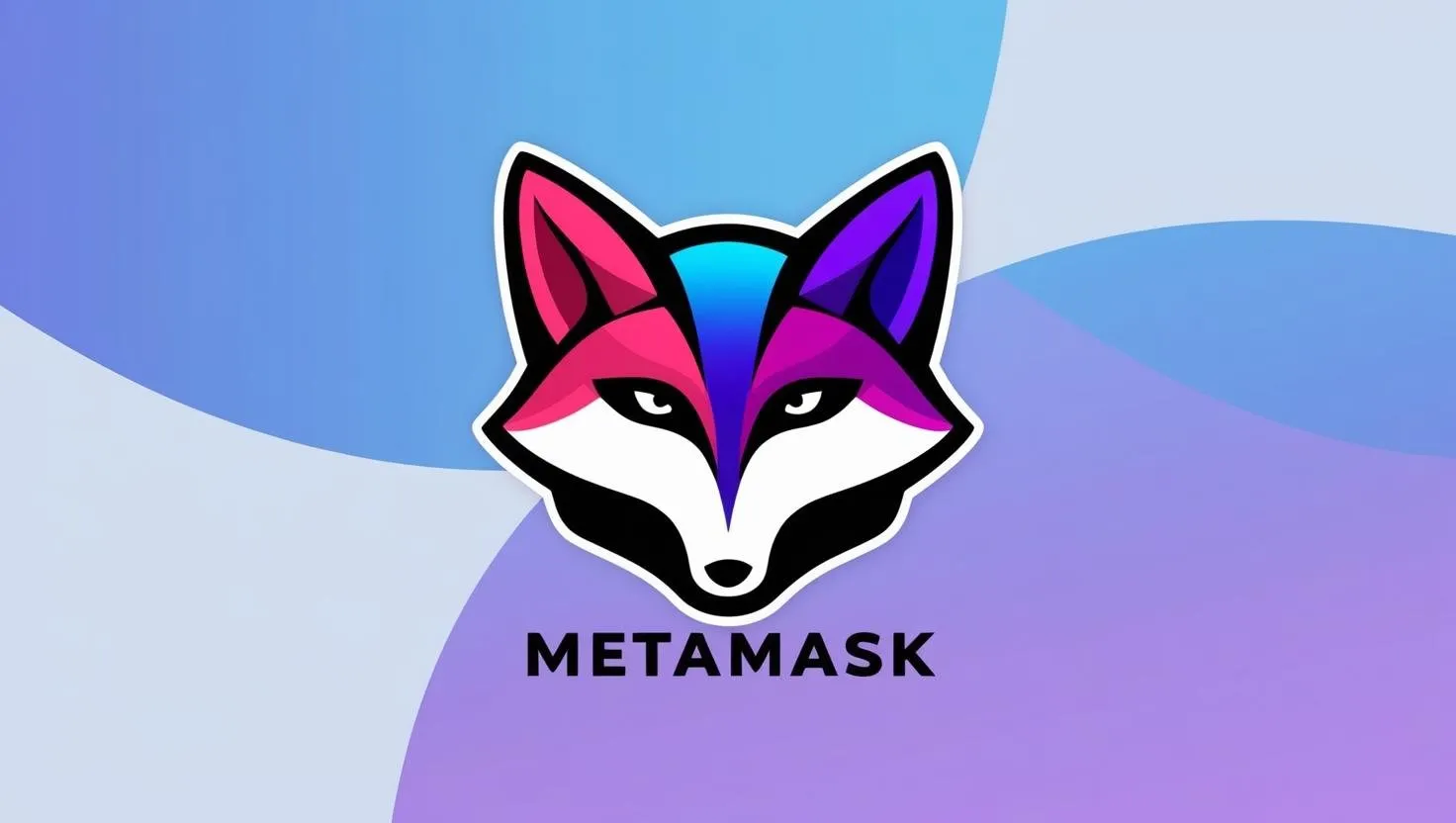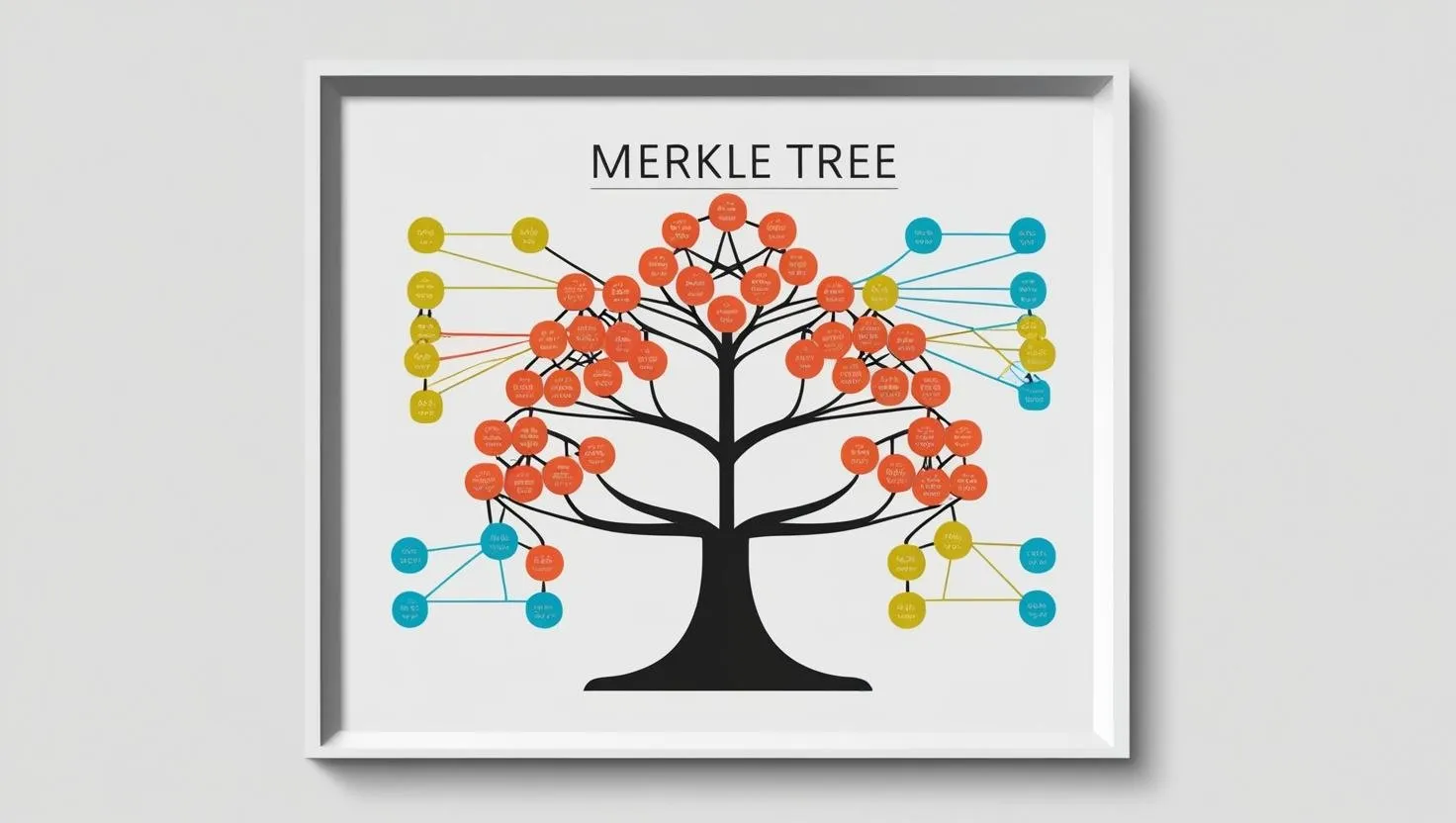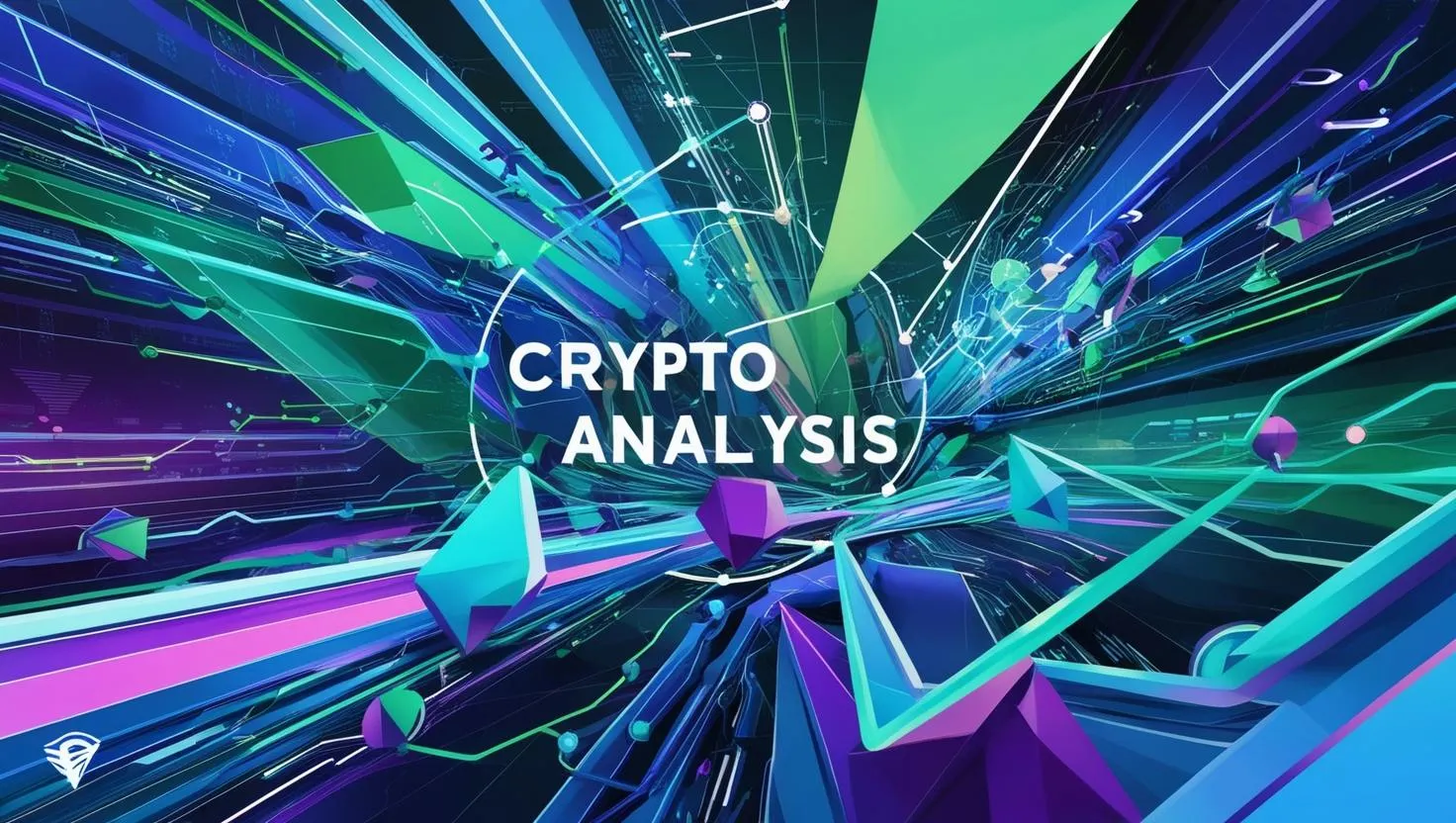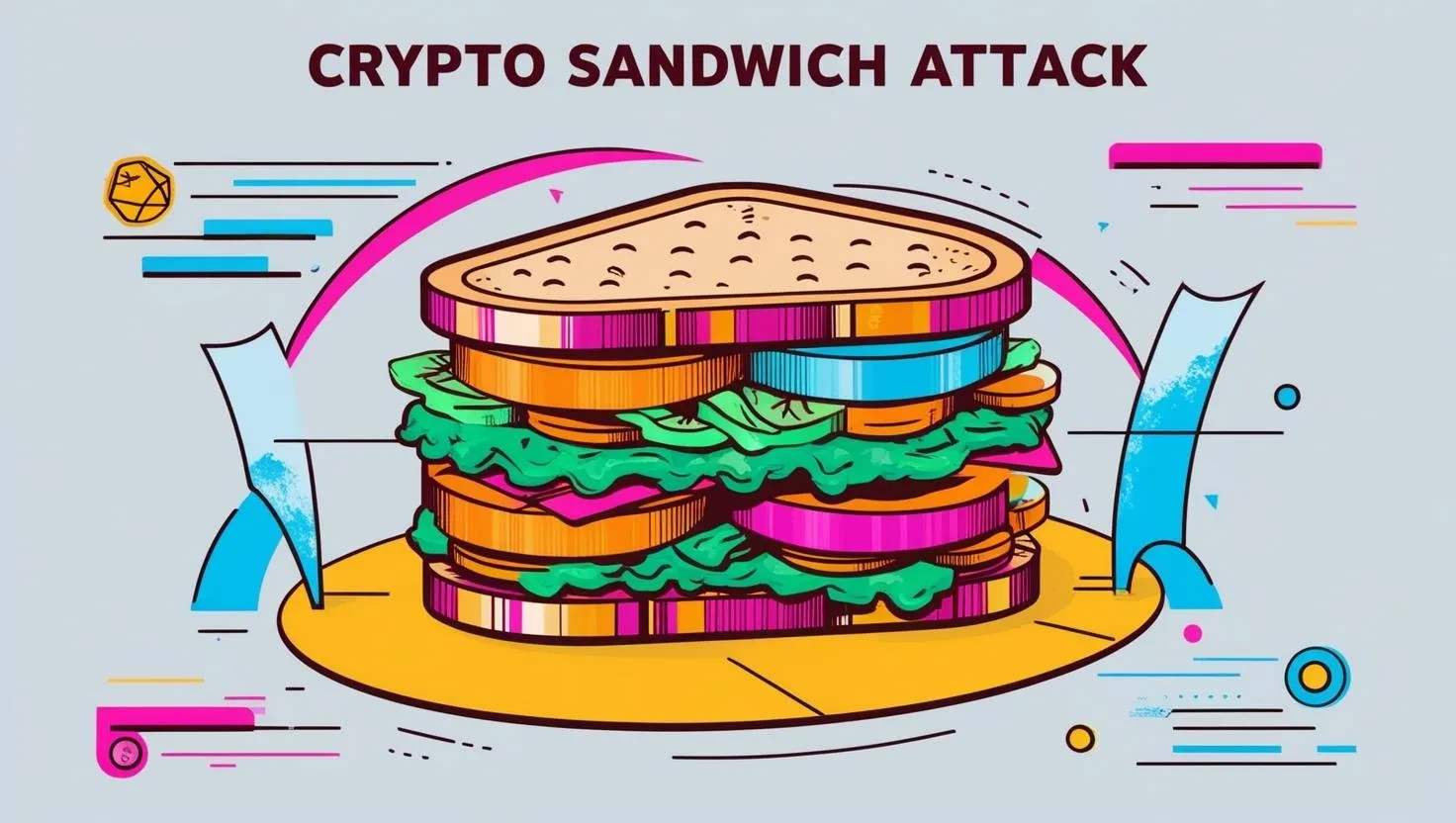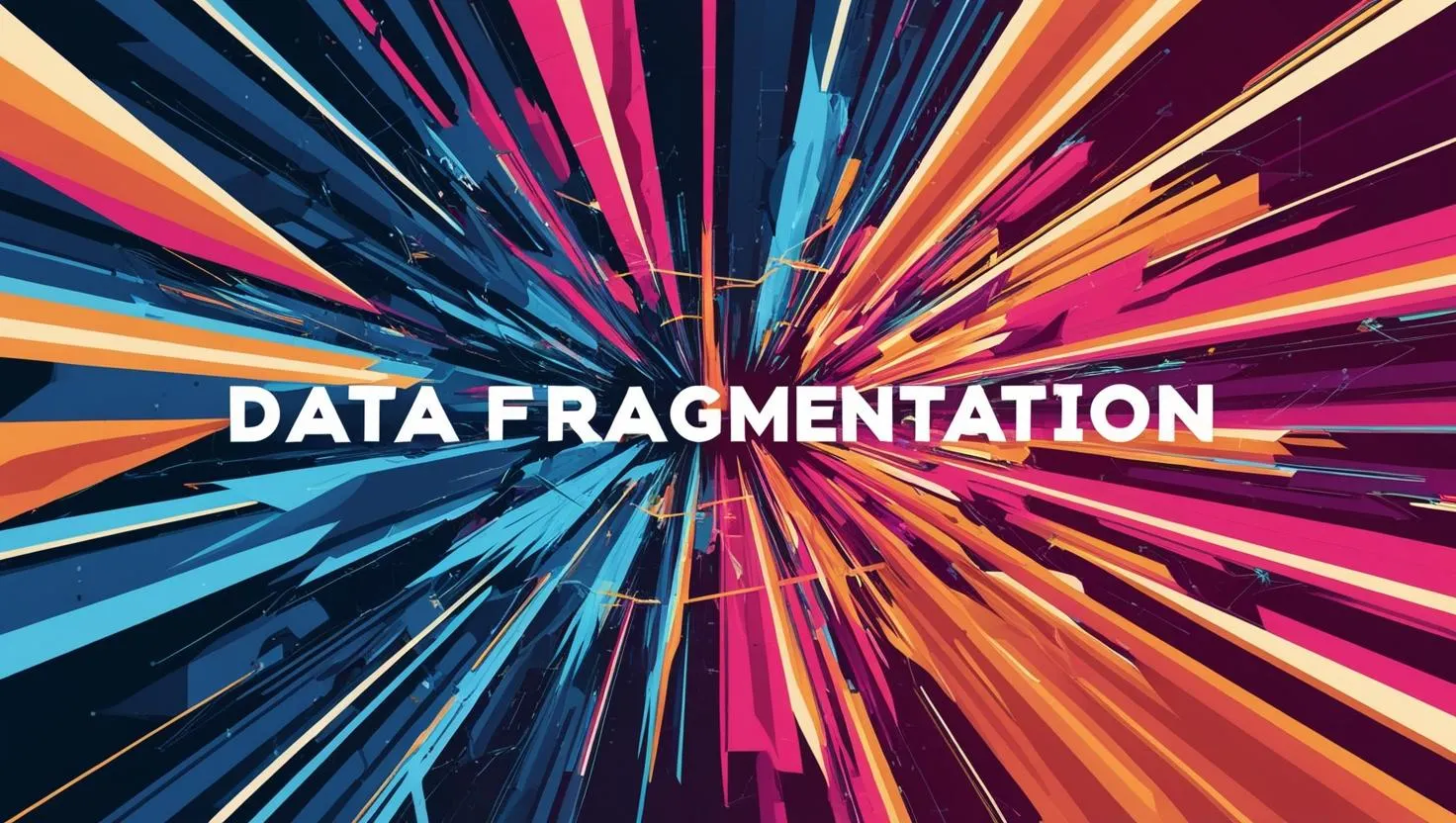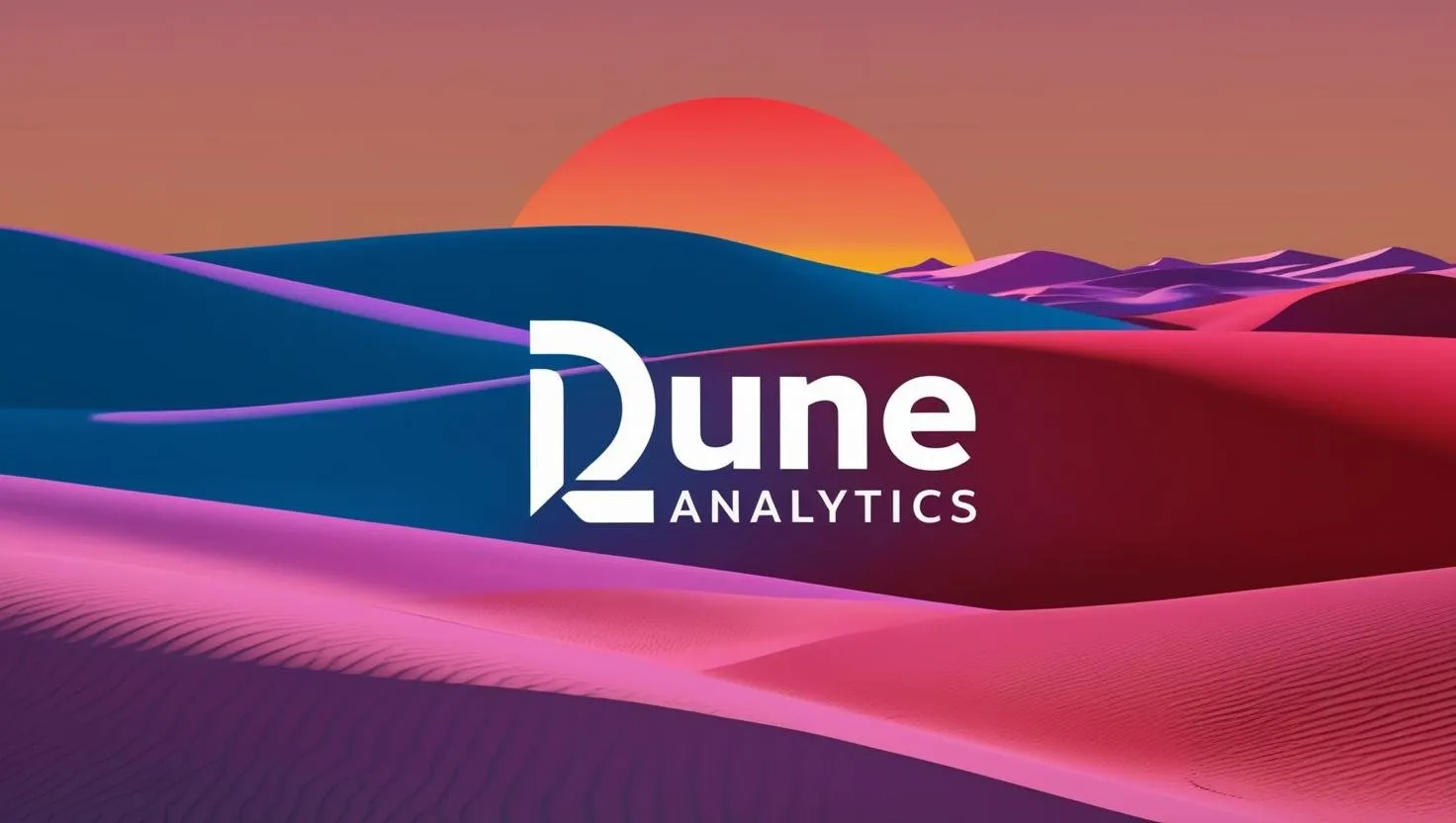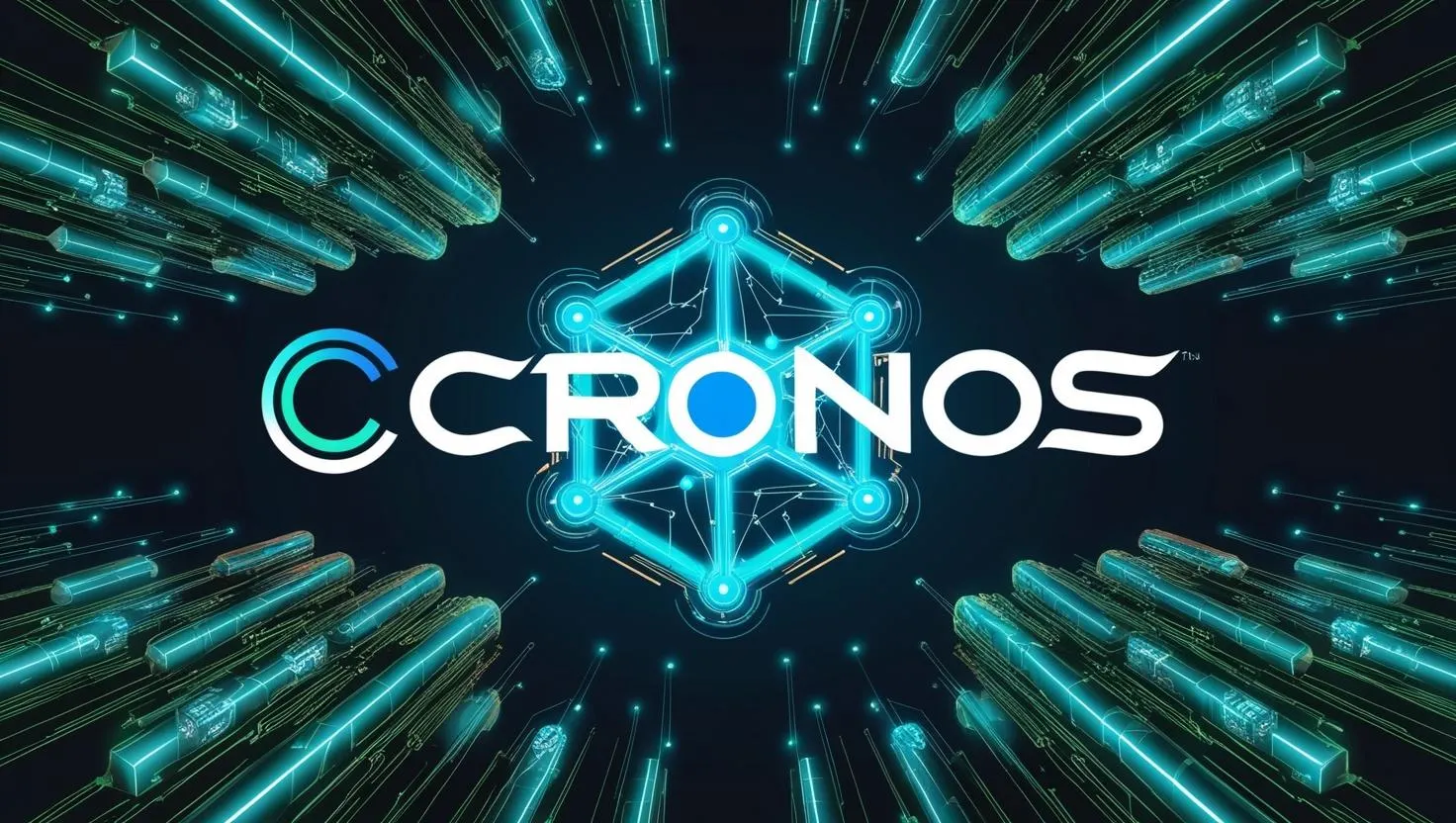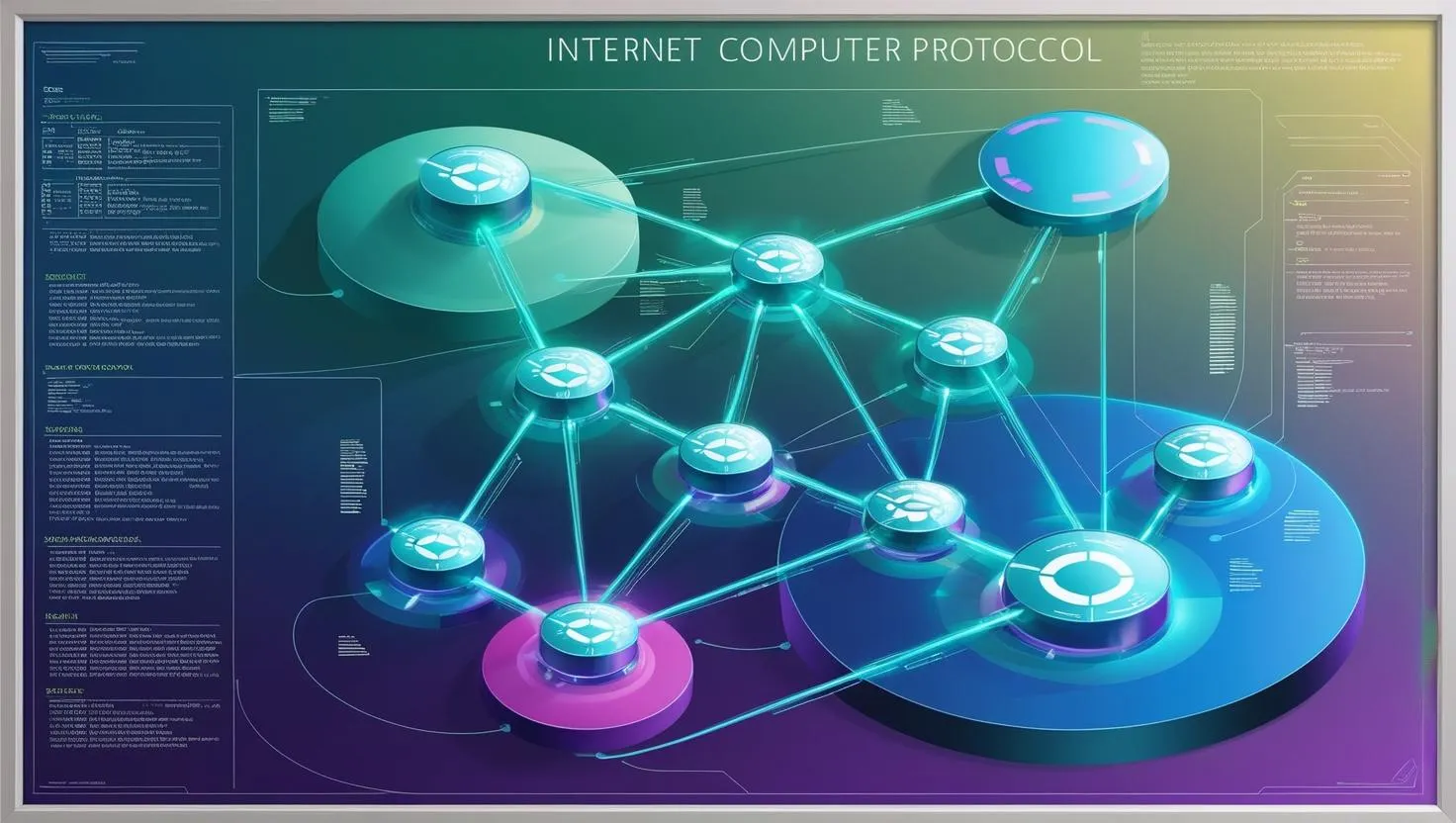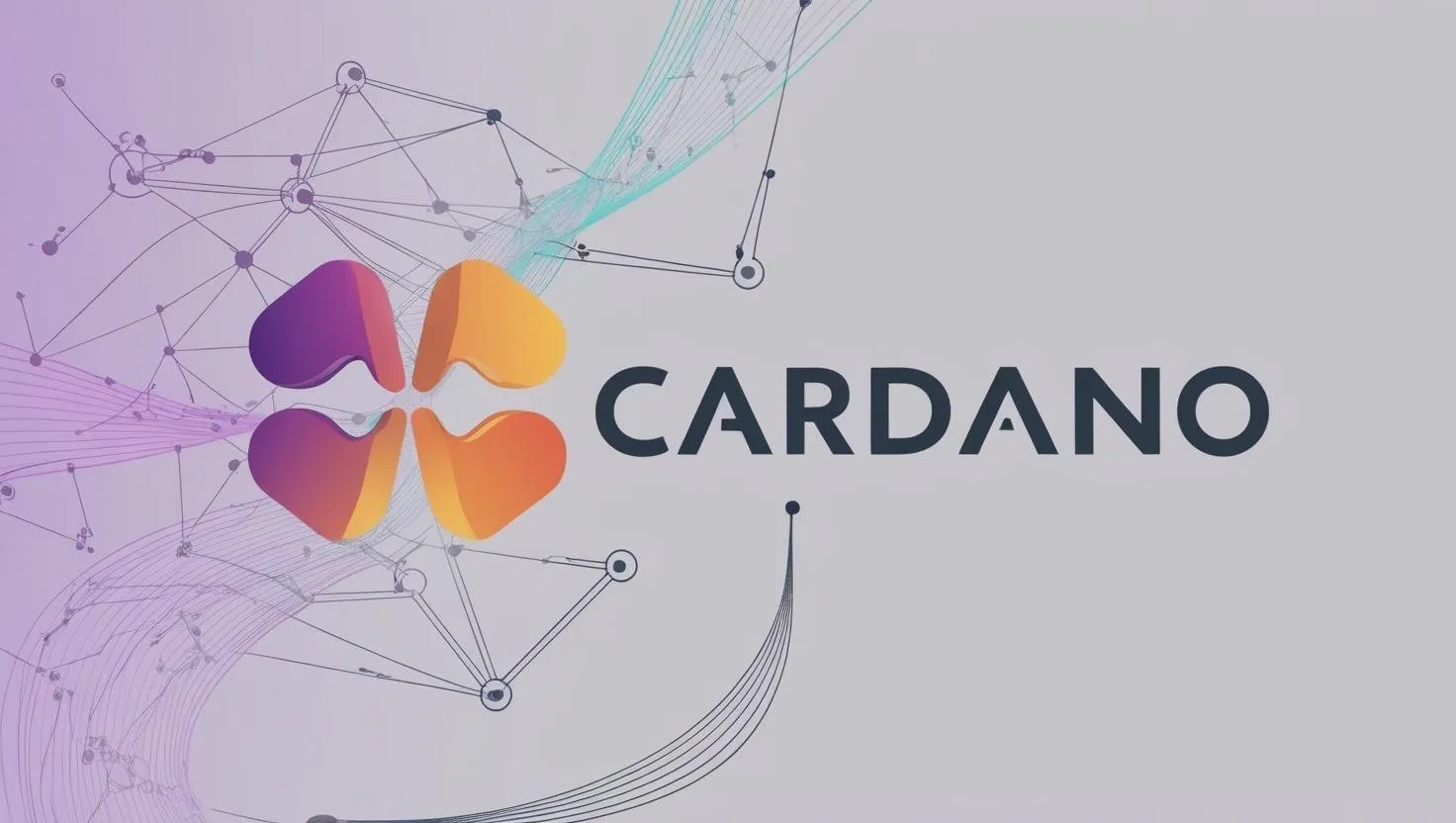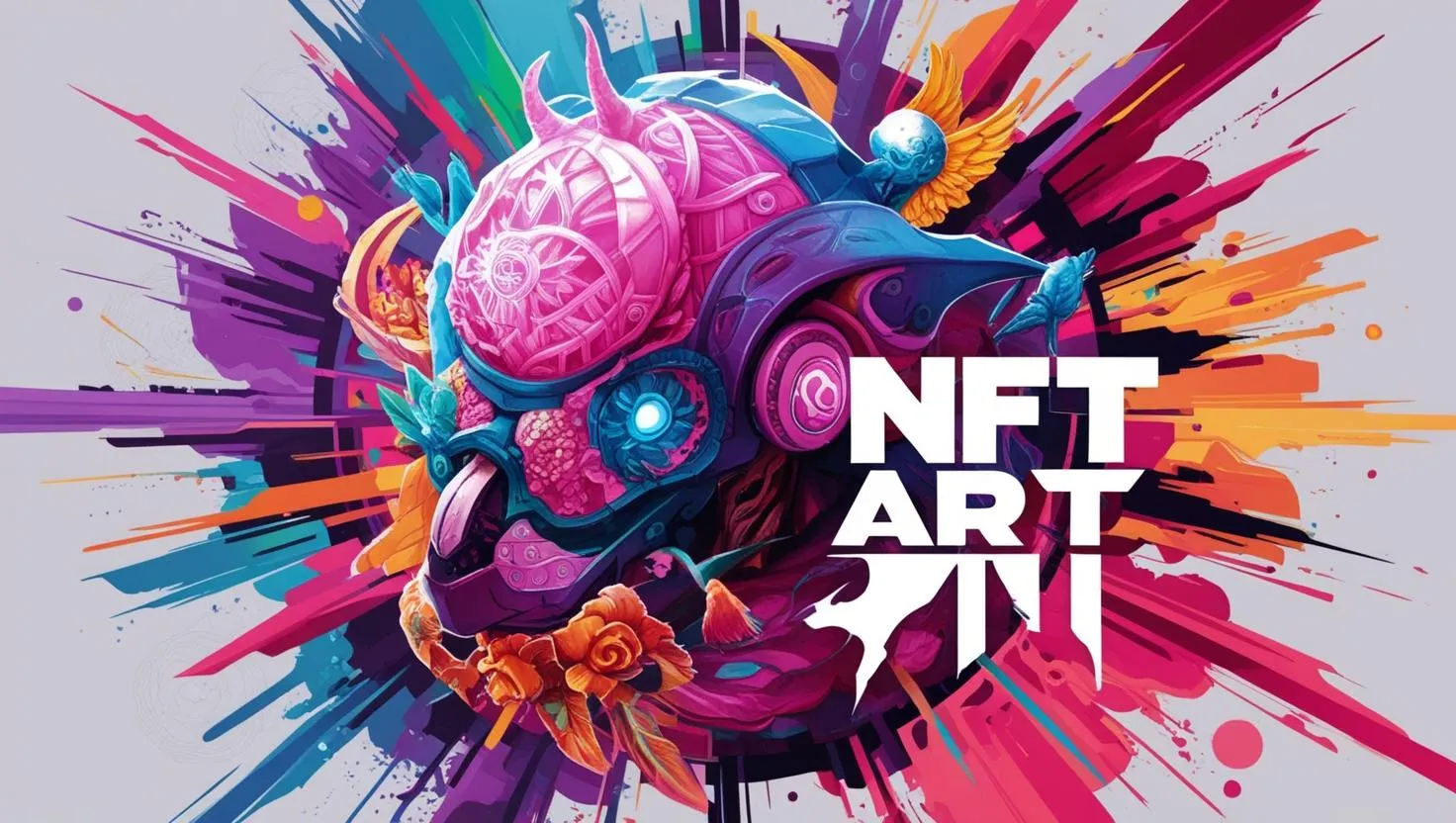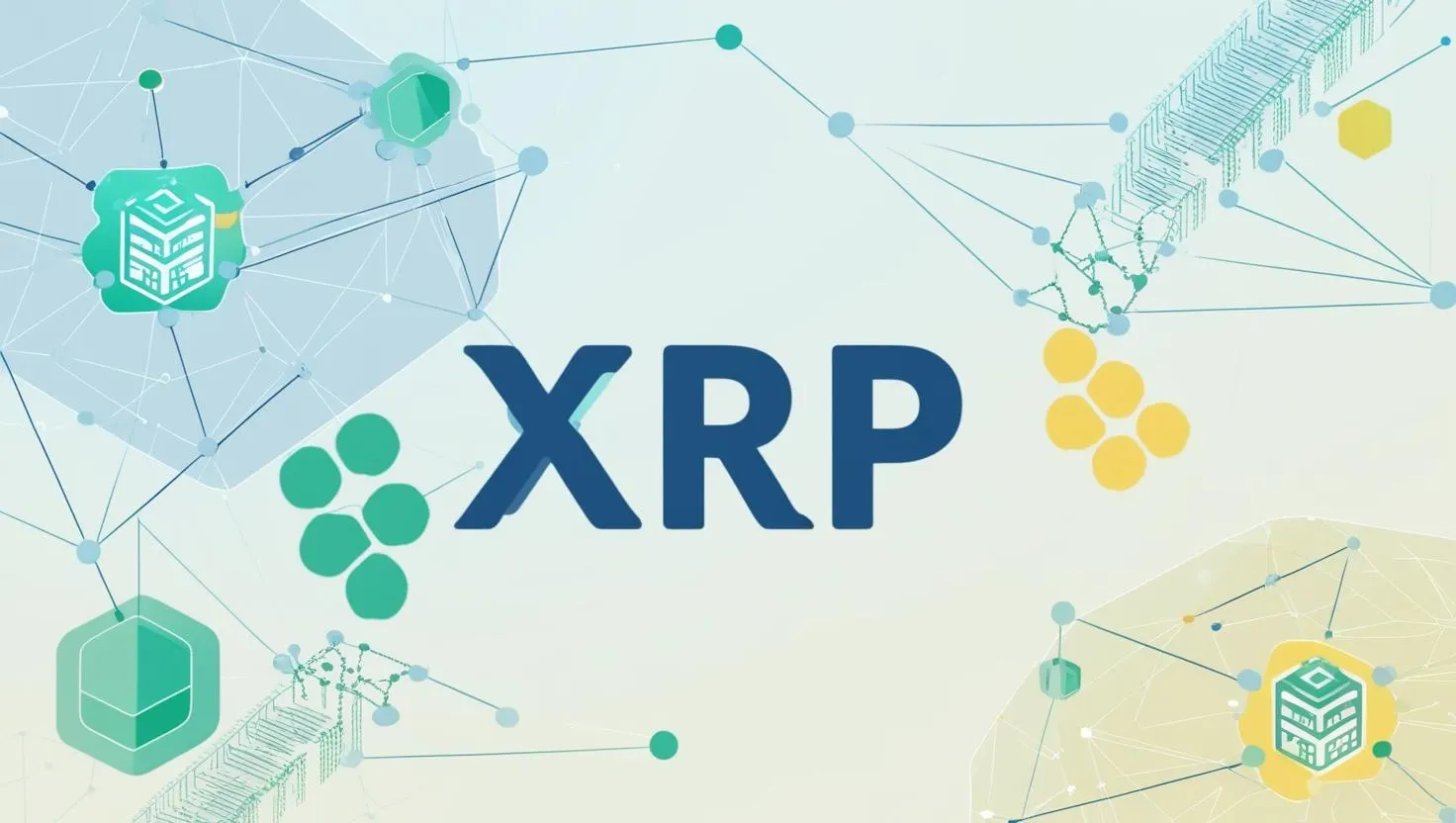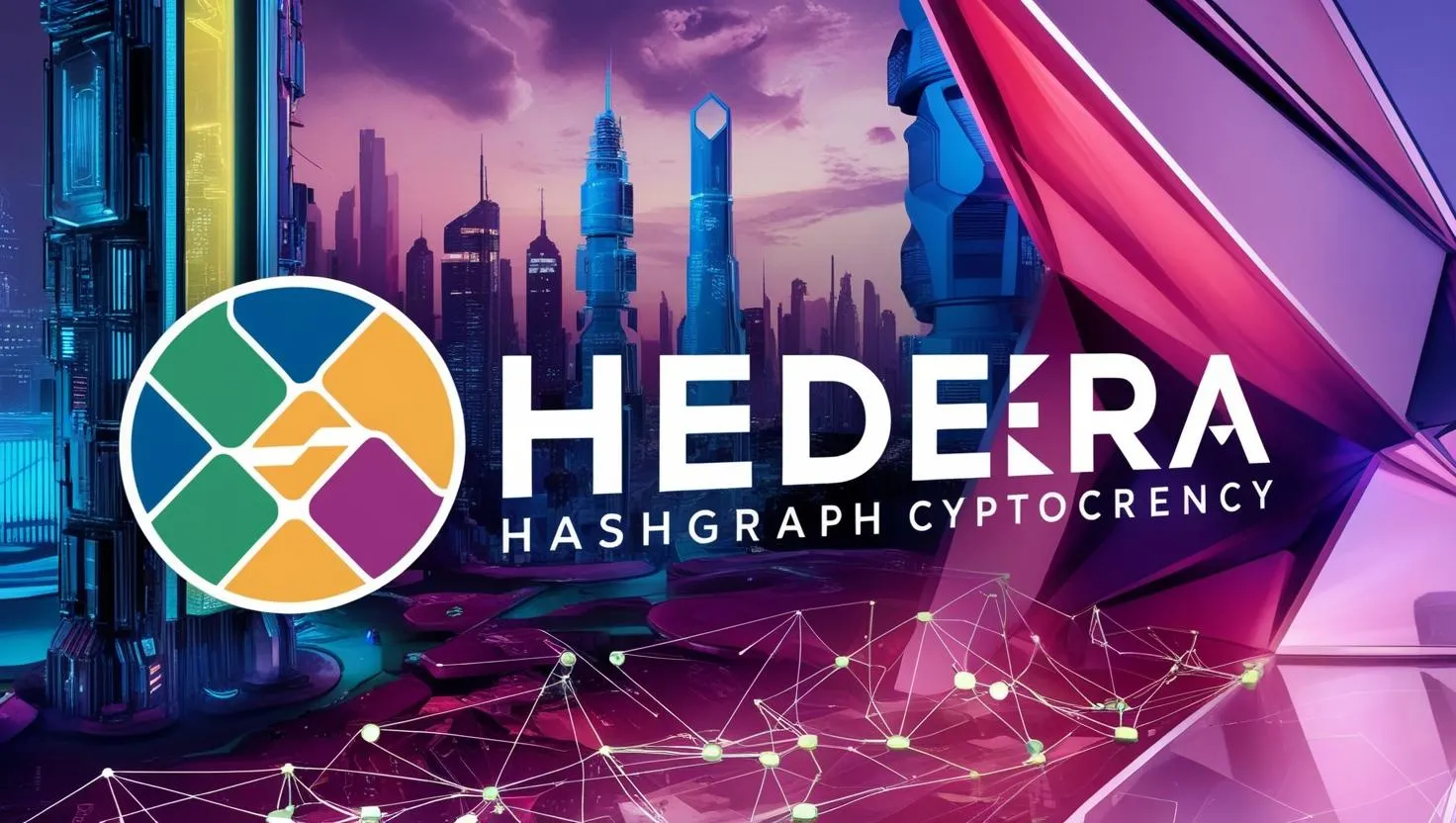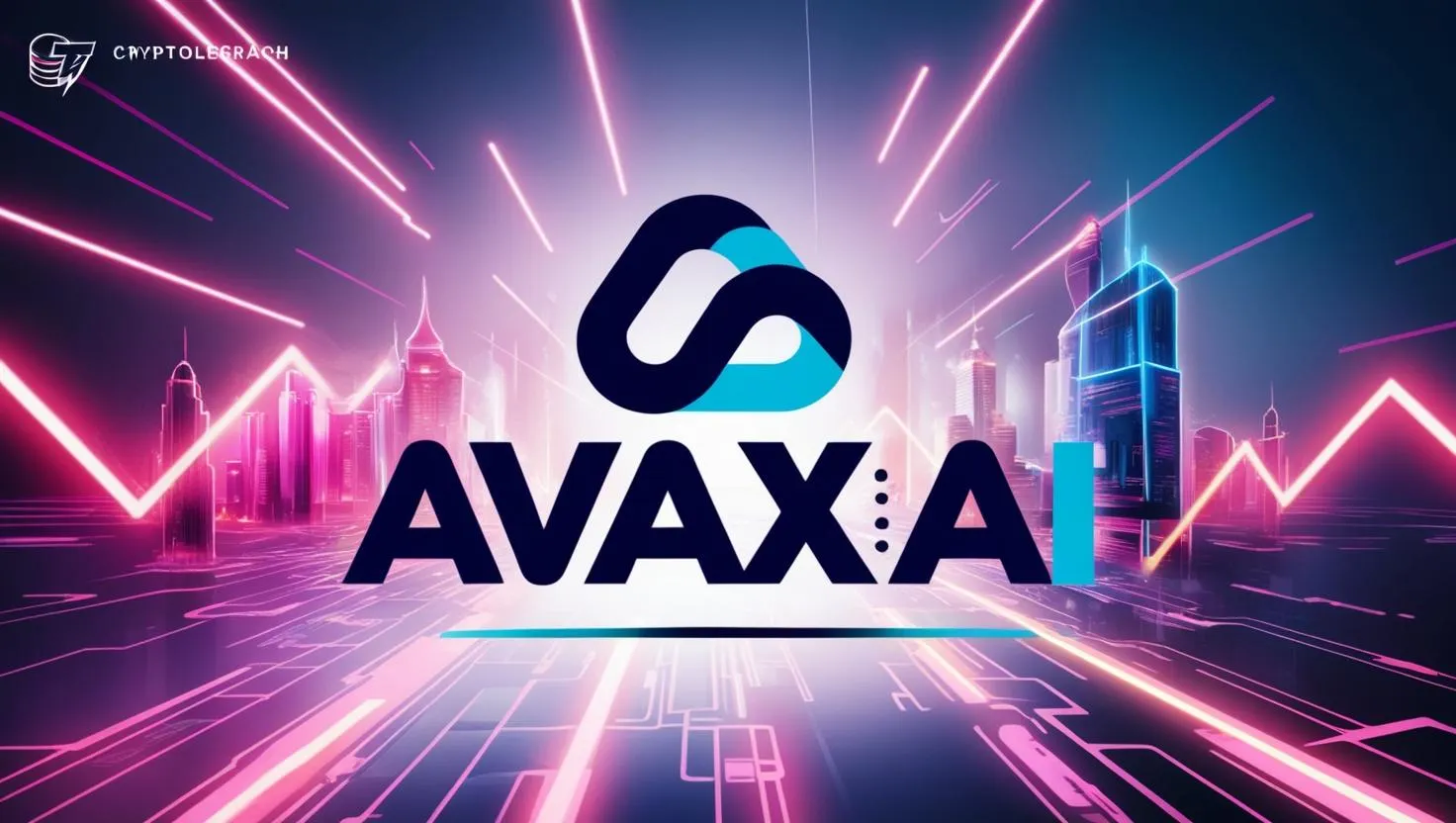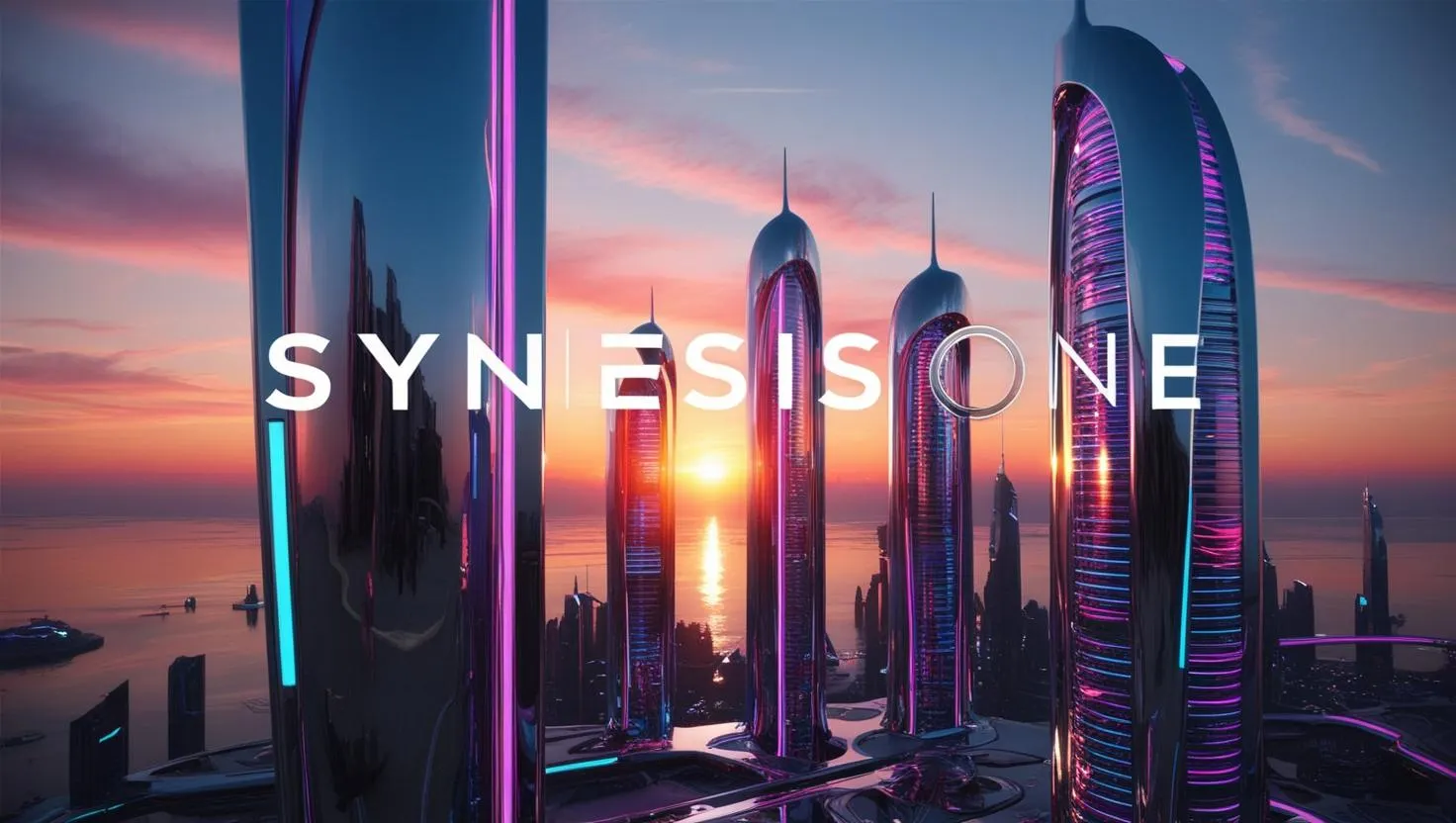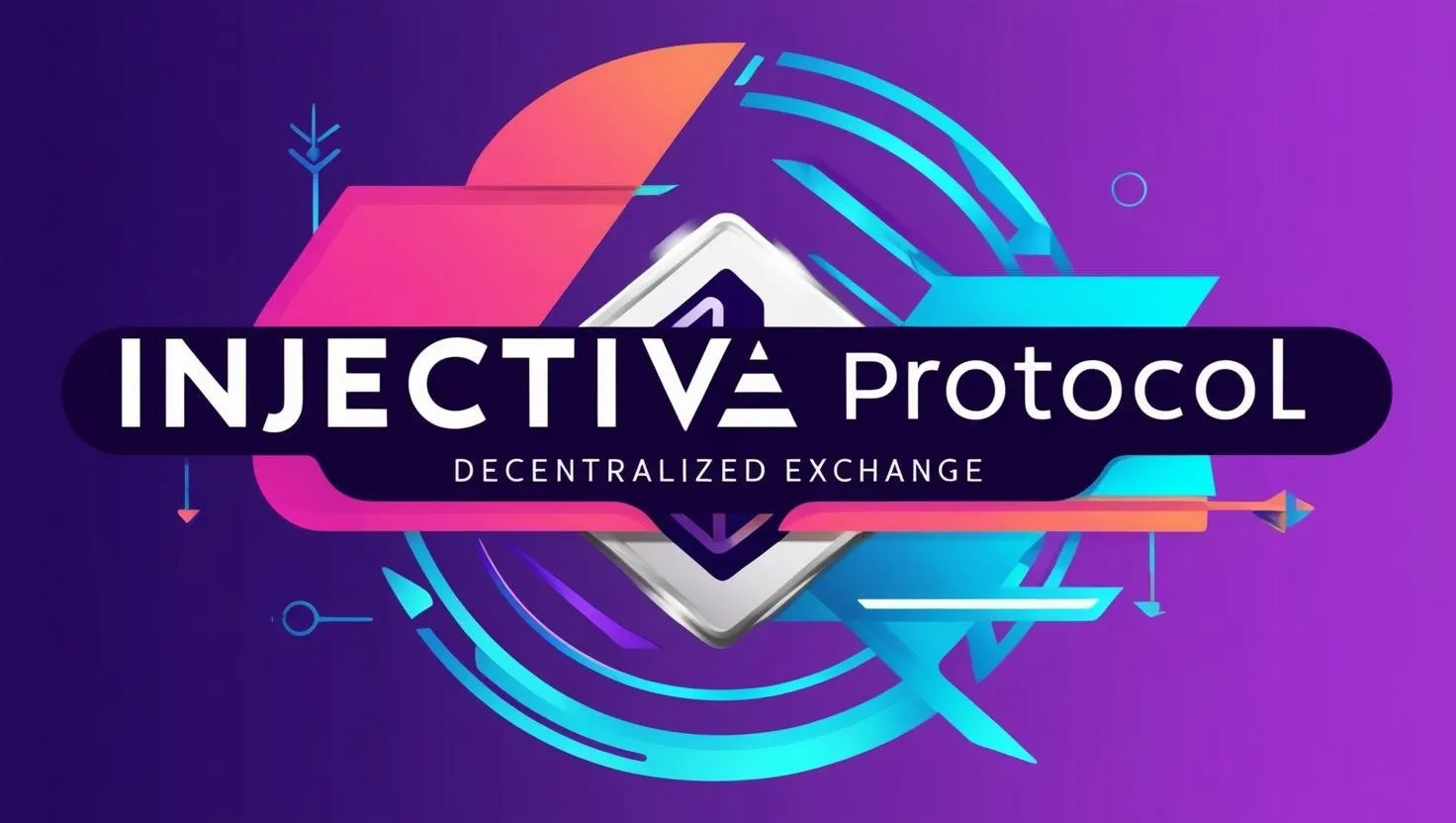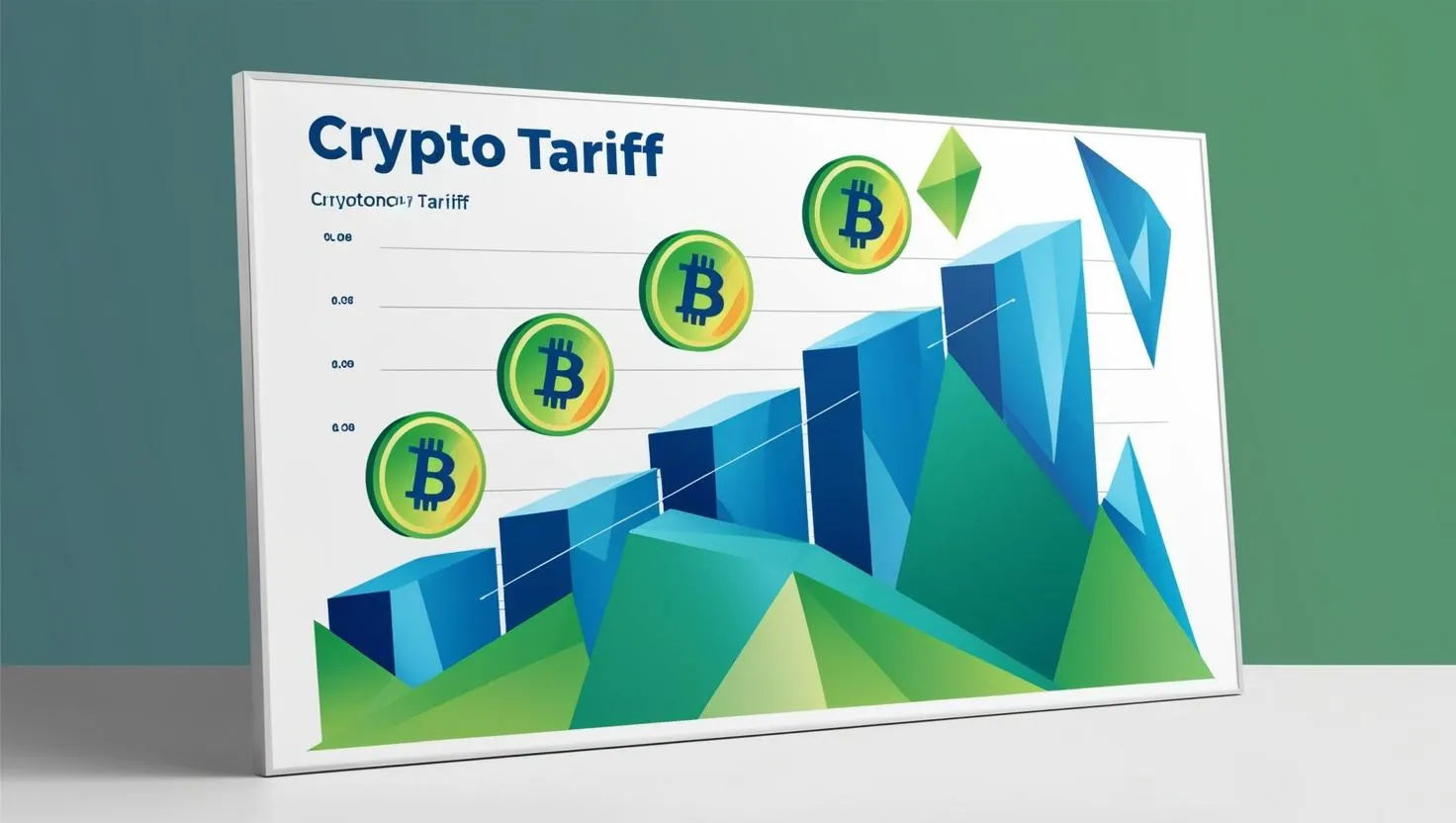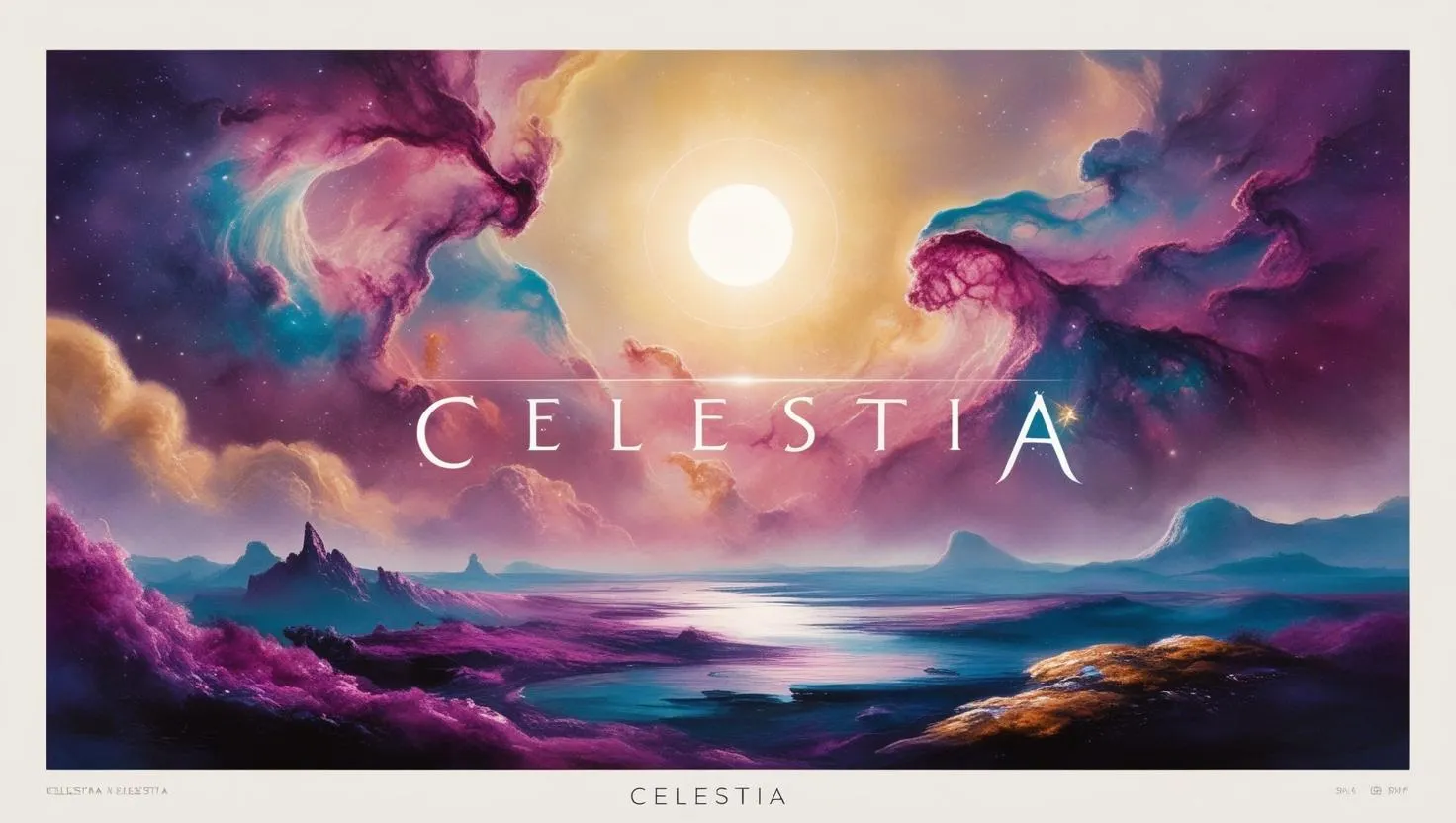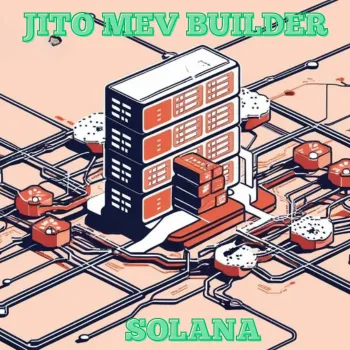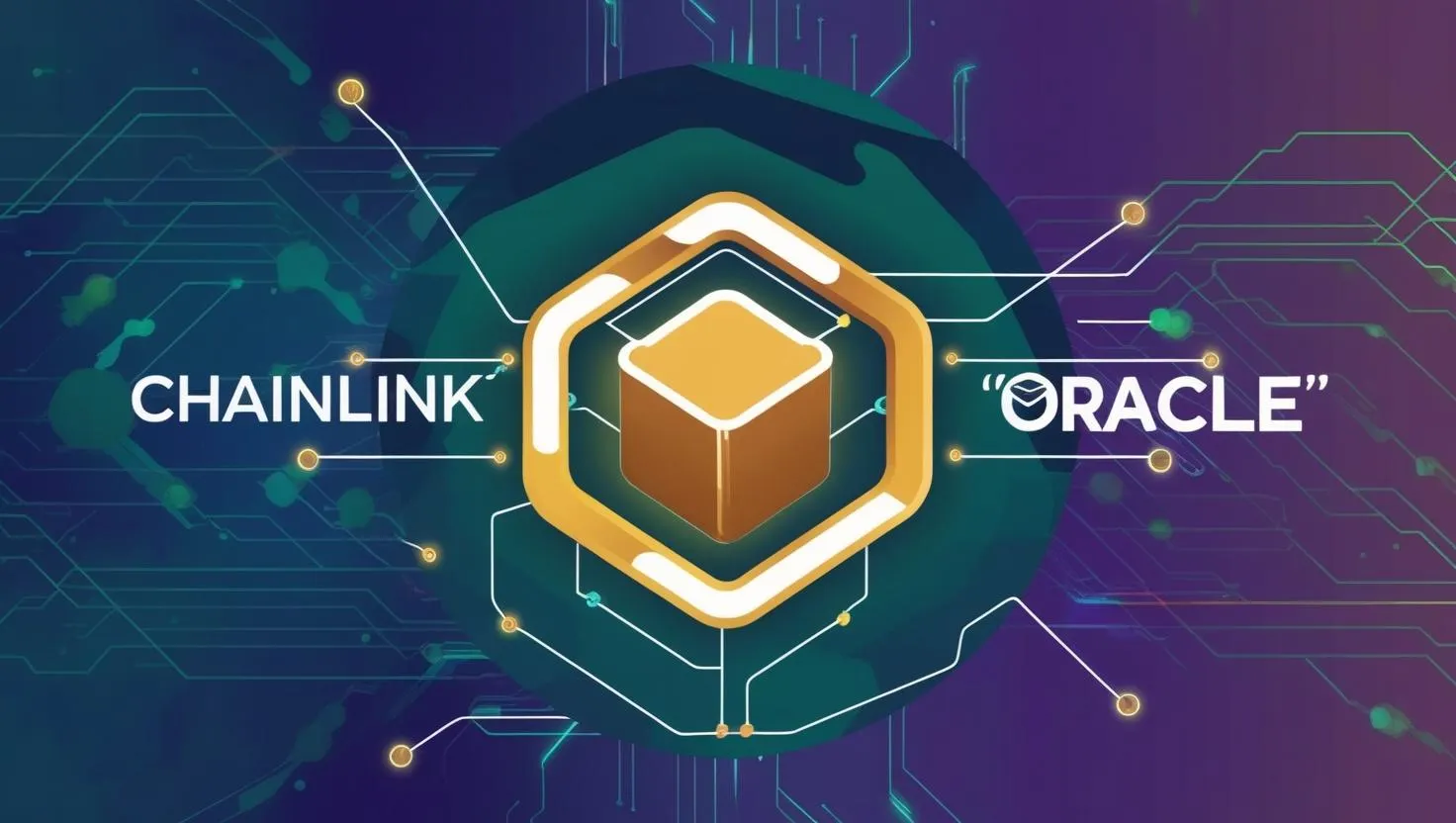Hedera: A Comprehensive Exploration of the Hashgraph-Powered Distributed Ledger
Hedera, often referred to as Hedera Hashgraph, is a public distributed ledger technology (DLT) that stands apart from traditional blockchain systems by utilizing a unique consensus mechanism called hashgraph. Launched in 2019 by Hedera Hashgraph, LLC, and governed by the Hedera Governing Council, this platform aims to deliver a fast, secure, and scalable alternative to blockchain for decentralized applications (dApps), tokenization, and enterprise use cases. Its native cryptocurrency, HBAR, fuels network operations and secures its integrity. Below, we dive into Hedera’s architecture, consensus algorithm, governance, features, recent advancements, and its place in the evolving DLT landscape.
- The Hashgraph Foundation: Beyond Blockchain
- Unlike blockchain, which organizes transactions into sequentially linked blocks, Hedera employs hashgraph, a directed acyclic graph (DAG)-based system invented by Dr. Leemon Baird, Hedera’s co-founder and chief scientist.
This distinction is critical to understanding Hedera’s advantages:
- Structure and Efficiency:
- In blockchain, transactions are bundled into blocks, and competing blocks (forks) are discarded, limiting throughput (e.g., Bitcoin’s 7 TPS, Ethereum’s 15-45 TPS). Hashgraph, however, processes all transactions in parallel, weaving them into a DAG without discarding data. This enables Hedera to achieve over 10,000 transactions per second (TPS) with finality in 3-5 seconds.
- The "gossip about gossip" protocol drives this efficiency: nodes rapidly share transaction events (including payloads, timestamps, signatures, and hashes of prior events) with others, exponentially spreading information across the network.
- Asynchronous Byzantine Fault Tolerance (aBFT):
- Hedera’s consensus is leaderless and aBFT, the gold standard for distributed system security. Unlike Proof-of-Work (PoW) or Proof-of-Stake (PoS), which rely on miners or validators, hashgraph uses virtual voting. Nodes collectively determine transaction order and validity based on shared event histories, tolerating up to one-third of nodes being malicious or faulty. This was mathematically proven using the Coq system in 2018, a milestone no blockchain has replicated at this level.
- Energy and Cost Efficiency:
- Hedera’s Proof-of-Stake (PoS) model, where HBAR staking weights node influence, avoids PoW’s energy-intensive mining. A University College London study highlighted Hedera’s energy use at 0.000003 kWh per transaction—far below Visa’s—making it carbon-negative through carbon credit offsets.
- Governance: The Hedera Governing Council
- Hedera’s governance is managed by the Hedera Governing Council, a rotating body of up to 39 term-limited organizations from diverse industries (e.g., Google, IBM, Deutsche Telekom, DBS Bank, and ServiceNow as of 2025).
This structure aims to balance decentralization with stability:
- Roles: Council members operate initial consensus nodes, vote on network upgrades via Hedera Improvement Proposals (HIPs), and ensure no single entity dominates. Recent members like ServiceNow (joined 2022) and DBS Bank (2021) reflect growing enterprise adoption.
- Path to Permissionless: Currently permissioned, Hedera plans to transition to a fully permissionless network, allowing anyone to run nodes and stake HBAR, enhancing decentralization as HBAR distribution matures.
- Criticism: Some argue the Council’s control compromises true decentralization, though Hedera counters this with its transparent, no-fork guarantee and plans for broader node participation.
- In 2025, Hedera donated its entire codebase to the Linux Foundation Decentralized Trust (LFDT) under Project Hiero, reinforcing open governance and inviting global collaboration.
- Core Features and Services
- Hedera offers a robust suite of services tailored for developers and enterprises:
- Performance:
- With 10,000+ TPS and sub-5-second finality, Hedera outpaces most blockchains, ideal for real-time applications like payments and gaming.
- Low, Predictable Fees:
- Transactions cost $0.0001-$0.01 USD (paid in HBAR, pegged to USD), enabling micropayments and high-volume use cases.
- Hedera Token Service (HTS):
- Launched in 2021, HTS allows native token creation (fungible and NFTs) without smart contracts, offering speed, compliance features (e.g., KYC, freezes), and atomic swaps. Recent examples include Walltech’s $3 billion luxury item tokenization (2025).
- Smart Contracts:
- Hedera supports Solidity-based smart contracts via the Hedera Smart Contract Service (HSCS 2.0, 2022), fully compatible with Ethereum’s EVM. Updates like HIP-206 (2025) enable token operations within contracts, aligning with Ethereum’s Cancun fork.
- Consensus Service (HCS):
- HCS provides a trust layer for logging events (e.g., supply chain tracking, ad verification) with fair ordering. HIP-991 (2025) introduced revenue-generating topic IDs, turning HCS into a monetization tool for developers.
- Security and Fairness:
- aBFT ensures resistance to DDoS and Sybil attacks, while consensus timestamps prevent manipulation, a contrast to blockchain’s miner-driven ordering.
HBAR: The Network’s Lifeblood
HBAR serves dual purposes:
- Fuel: Pays for transactions, smart contracts, and storage, with fees set by the Council in USD for predictability.
- Security: Staked to nodes for weighted voting, incentivizing honest participation. Proxy staking (delegating HBAR to nodes) is planned, broadening access to rewards.
With a fixed supply of 50 billion HBAR, the HBAR Foundation (2021) allocates billions to ecosystem growth, funding dApps and startups.
Recent Developments (Up to March 28, 2025)
Hedera has evolved significantly since my last response:
- Hiero Project: The 2025 codebase donation to LFDT enhances transparency and developer contributions.
- HederaCon 2025: Held February 25 in Denver alongside ETHDenver, this inaugural conference showcased enterprise use cases and community growth (600+ attendees).
- HIPs: HIP-657/646 (token metadata updates) and HIP-719 (ERC-20/721 parity) reflect ongoing EVM alignment and developer focus.
- Adoption: Partnerships like Asset Tokenization Studio (ioBuilders, 2025) and integrations with tools like Hardhat signal mainstream traction.
Use Cases and Ecosystem
Hedera’s versatility spans industries:
- Tokenization: Real-world assets (e.g., real estate, bonds) and NFTs (e.g., Walltech’s luxury goods).
- Finance: Stablecoins, CBDC pilots, and micropayments (e.g., CoinZoom Visa card integration, 2021).
- Supply Chain: Immutable tracking (e.g., Acoer’s drug logistics).
- Web3: DeFi, gaming, and identity dApps leveraging HTS and HSCS.
Advantages Over Blockchain
- Speed: 10,000+ TPS vs. blockchain’s lower limits.
- Efficiency: No wasted forks, minimal energy use.
- Fairness: Collective timestamps vs. miner/staker bias.
- Stability: No-fork guarantee via patented tech (now open-sourced).
Challenges and Competition
- Centralization Debate: The Council’s role and initial node control draw scrutiny, though Hedera’s roadmap counters this.
- Competition: Solana (50,000 TPS) and Ethereum (post-Cancun) challenge Hedera, but its enterprise focus and aBFT security stand out.
- Regulatory Hurdles: Tokenization and governance face global compliance complexities.
Conclusion
Hedera redefines DLT with hashgraph, offering a scalable, secure, and eco-friendly alternative to blockchain. Its ABFT consensus, enterprise-grade governance, and developer-friendly services position it as a leader for real-world adoption. As of March 28, 2025, Hedera’s open-source pivot and growing ecosystem signal a maturing platform poised to shape the decentralized future. Whether for tokenizing assets, powering dApps, or enabling trust at scale, Hedera’s journey reflects a bold vision realized through innovative technology.

